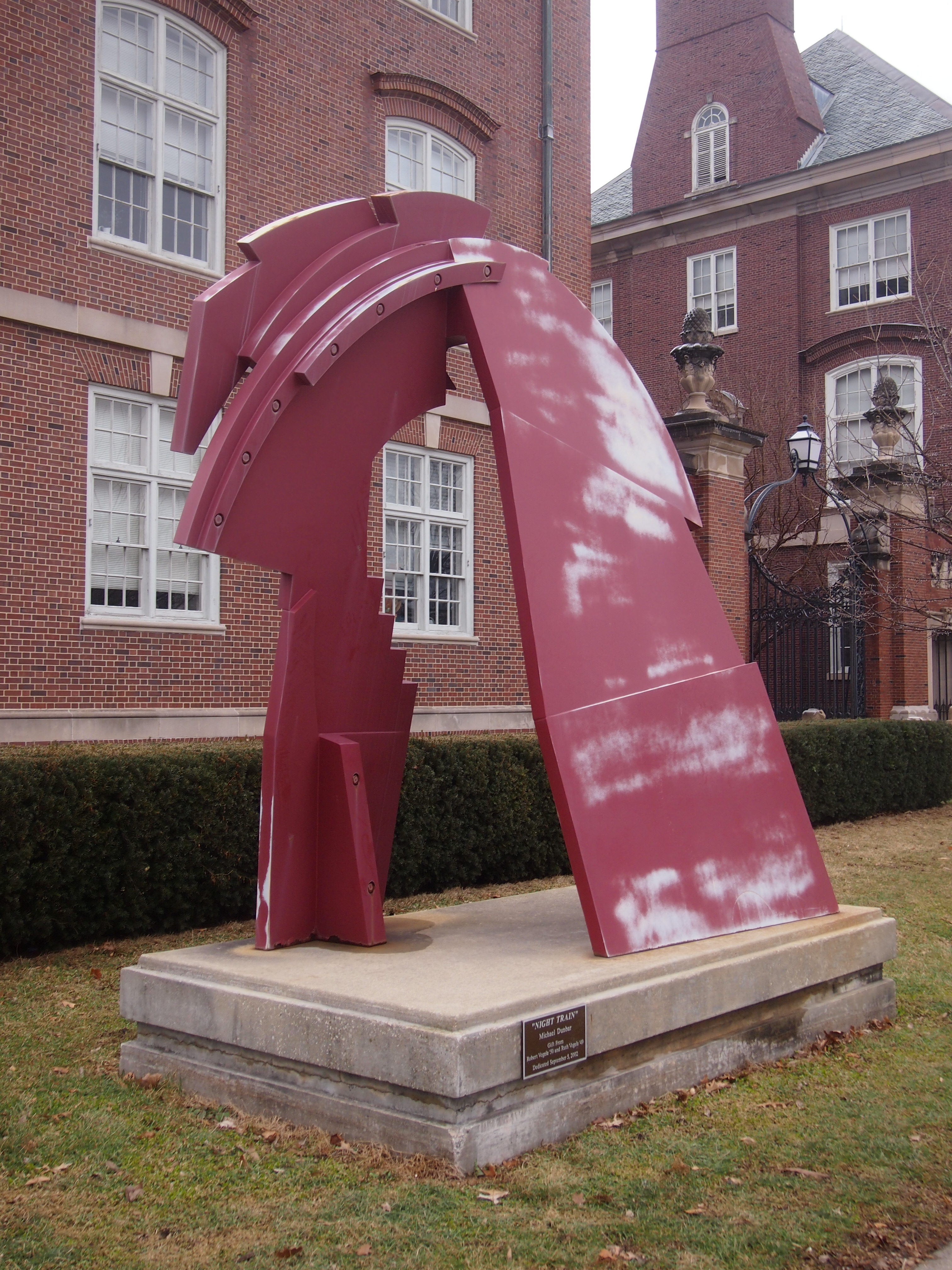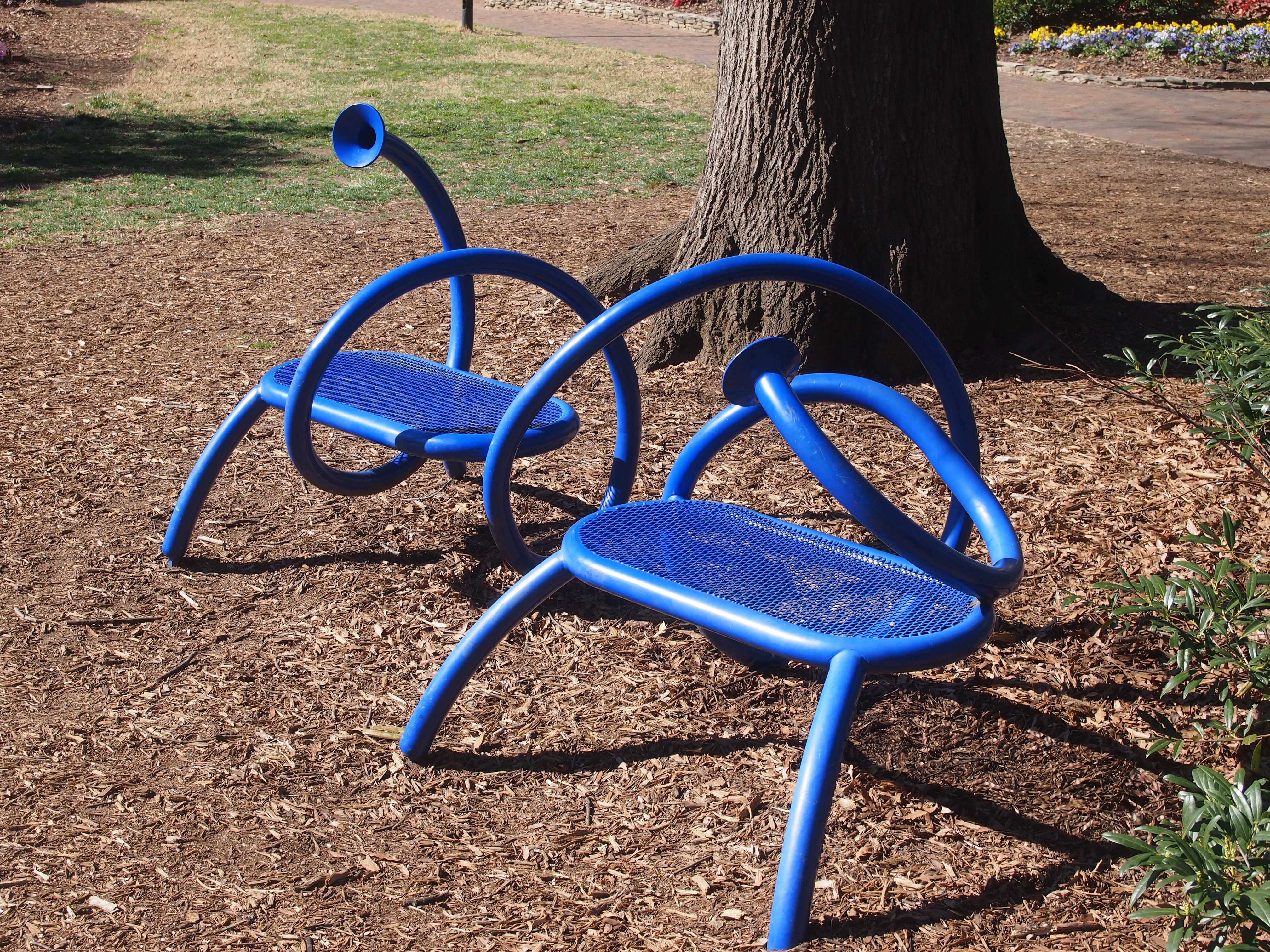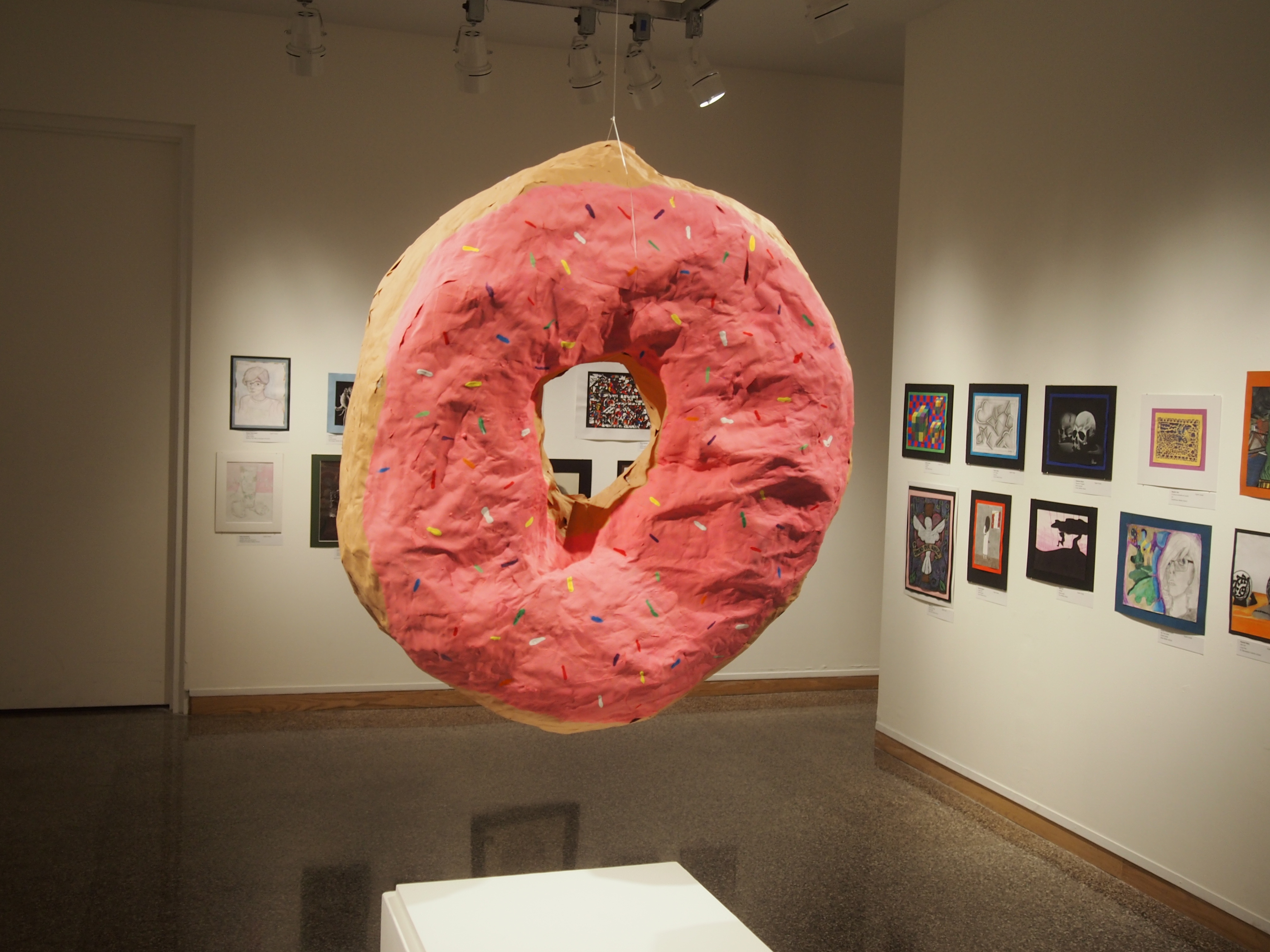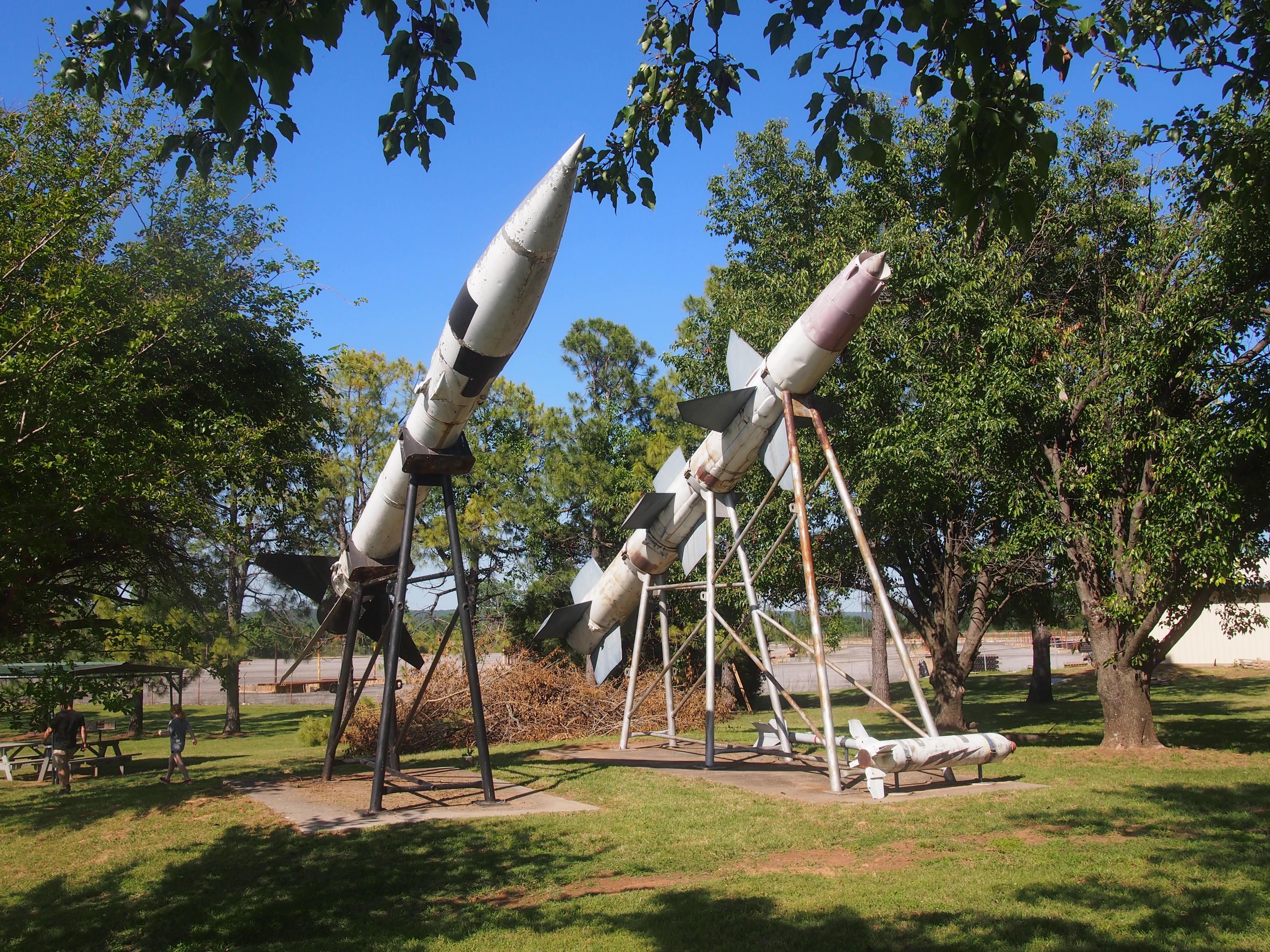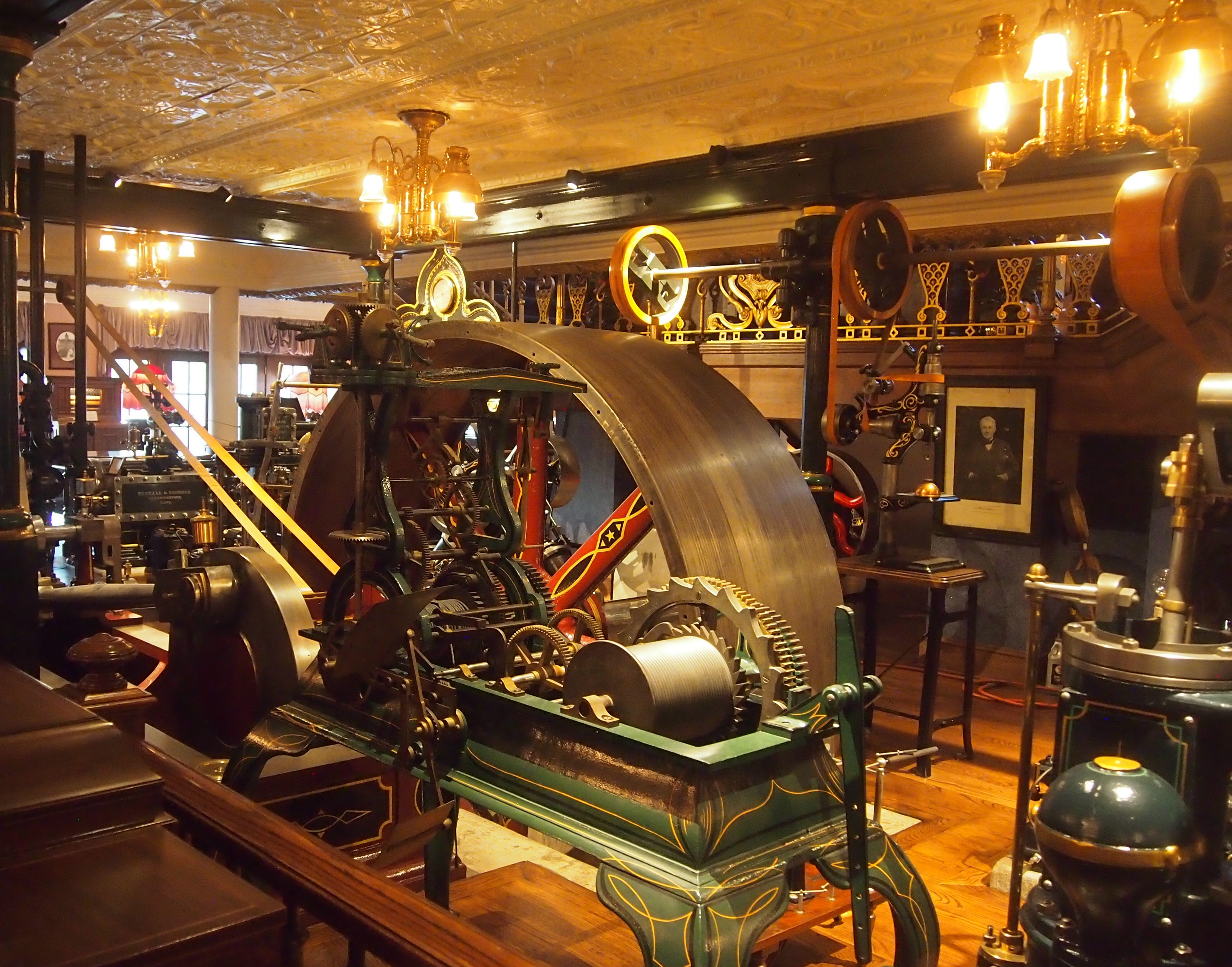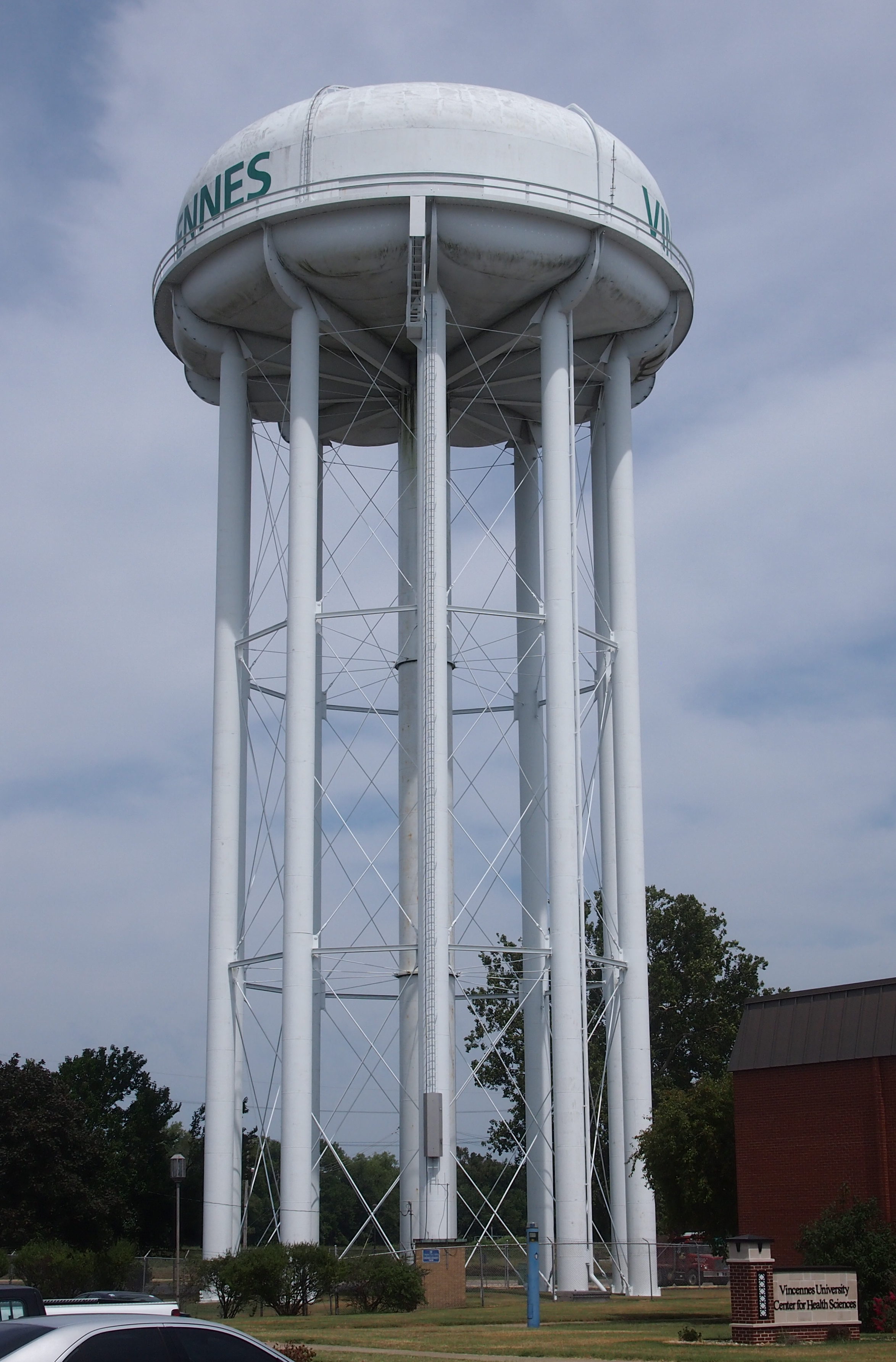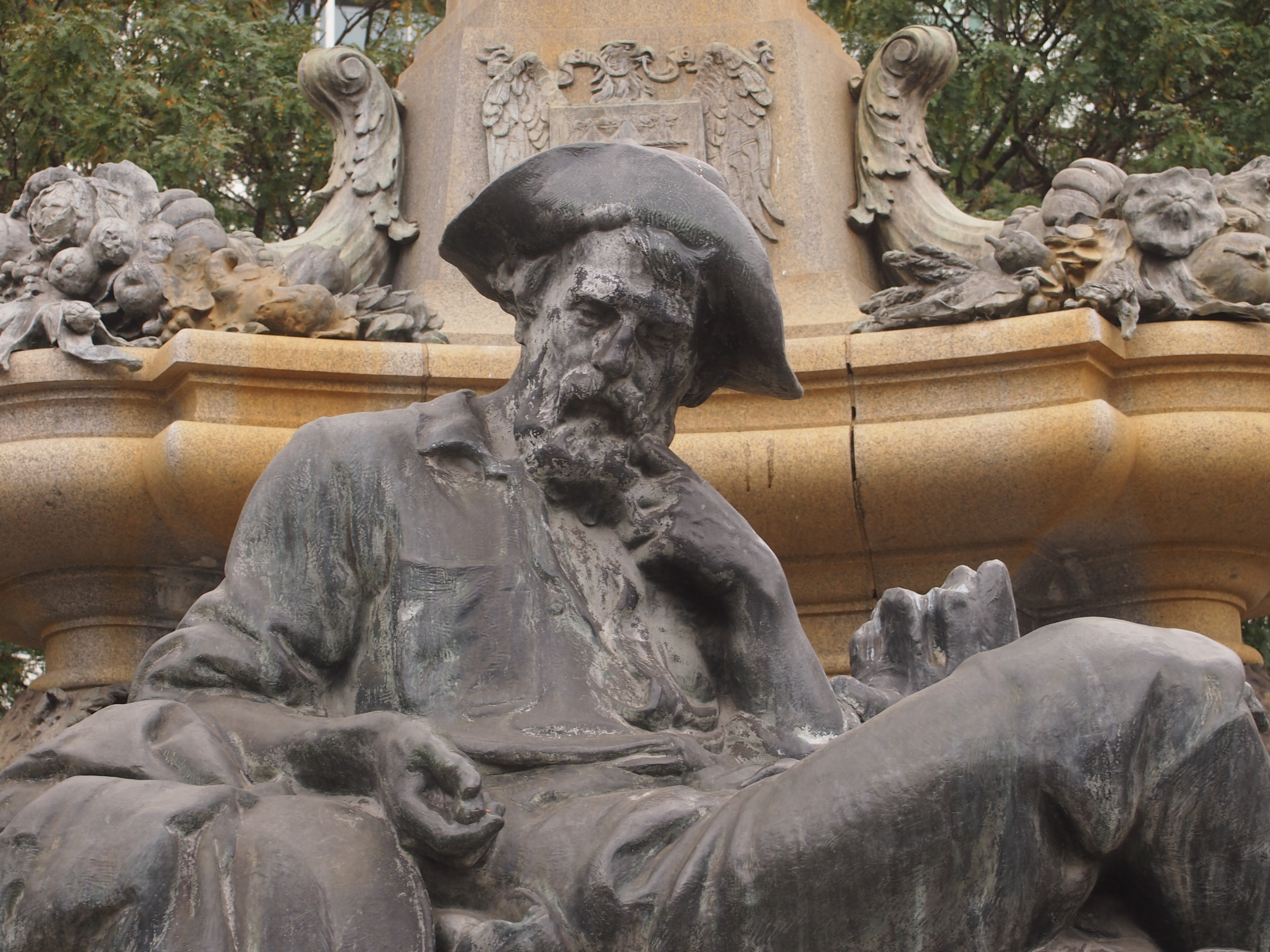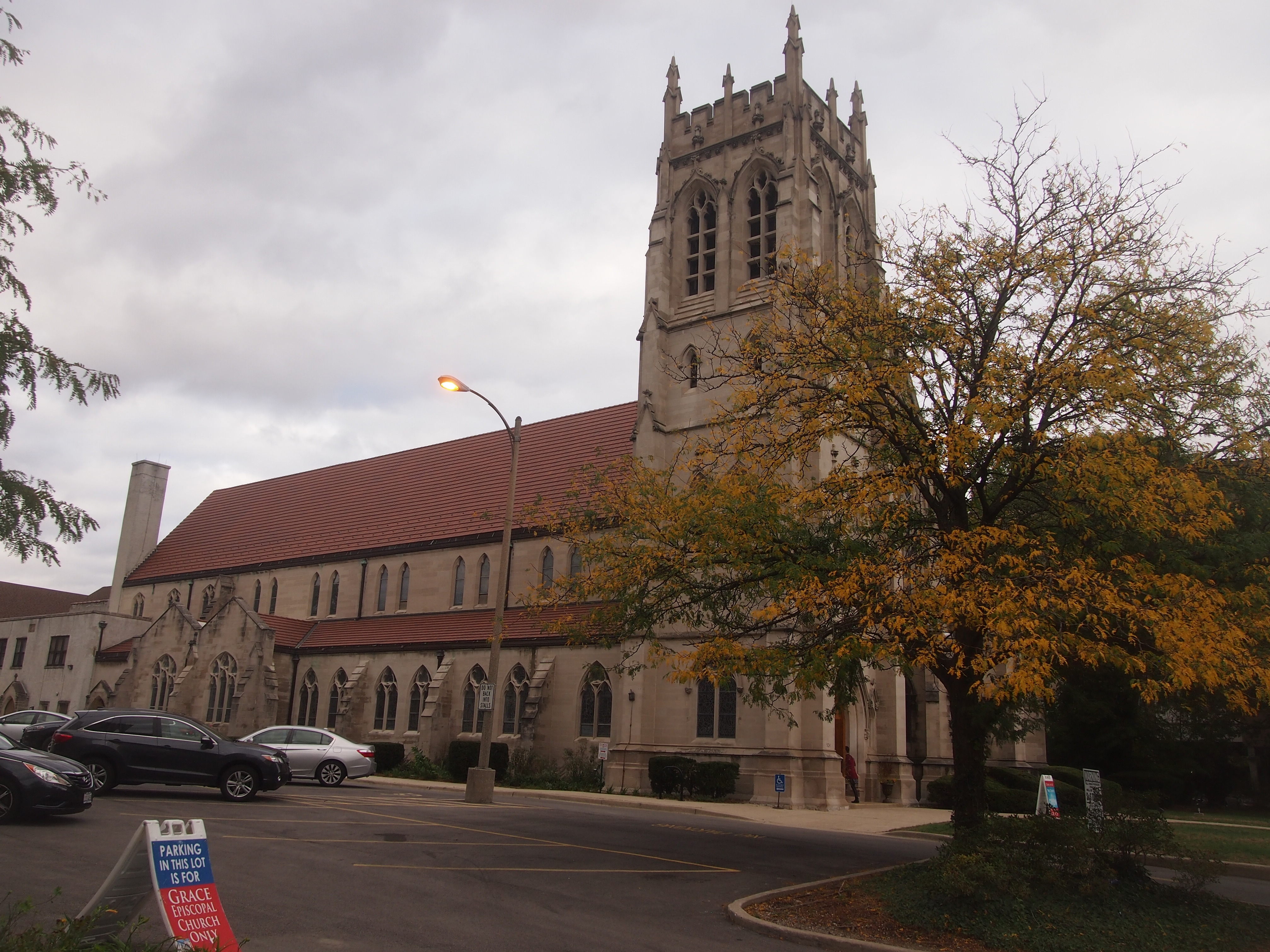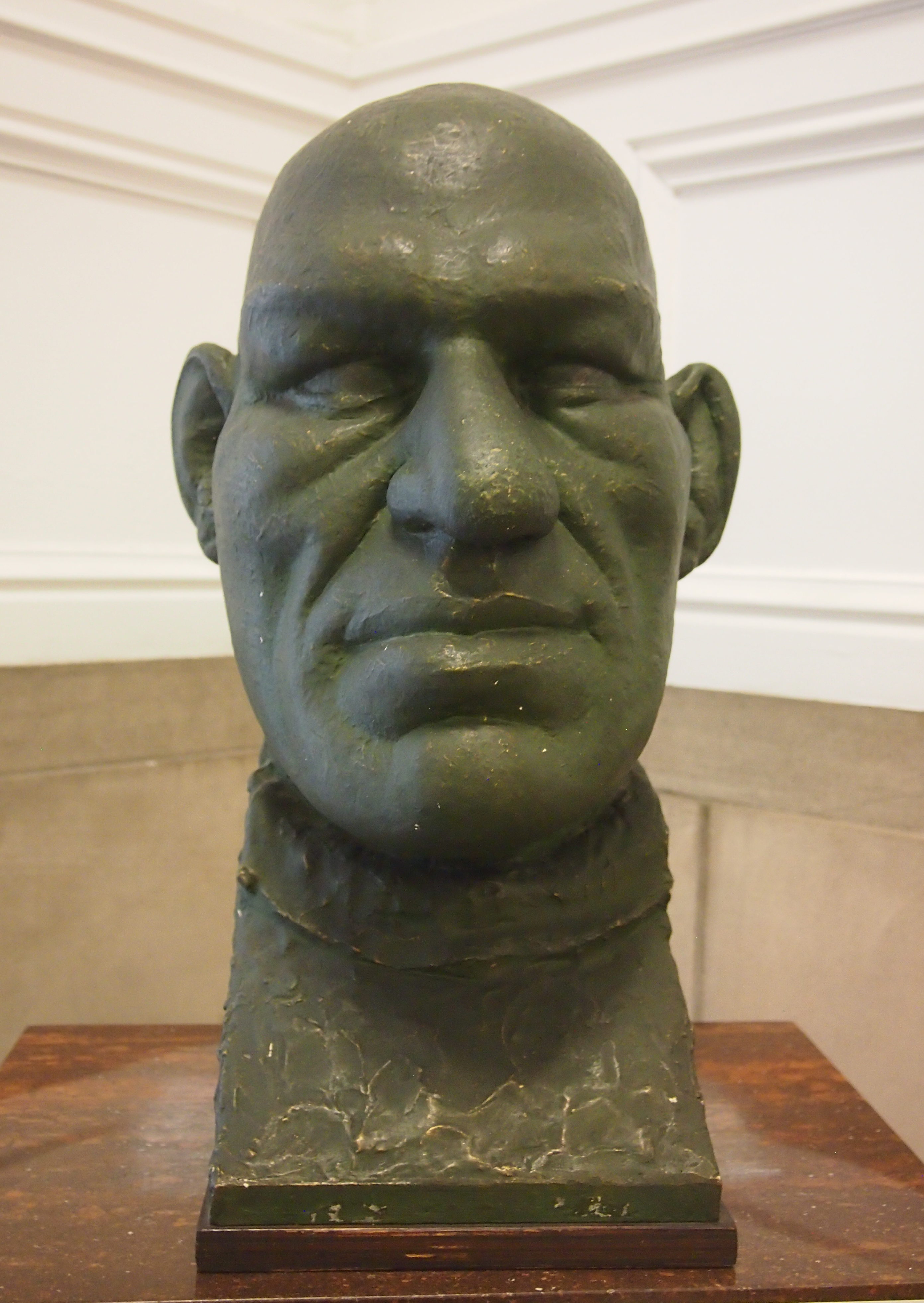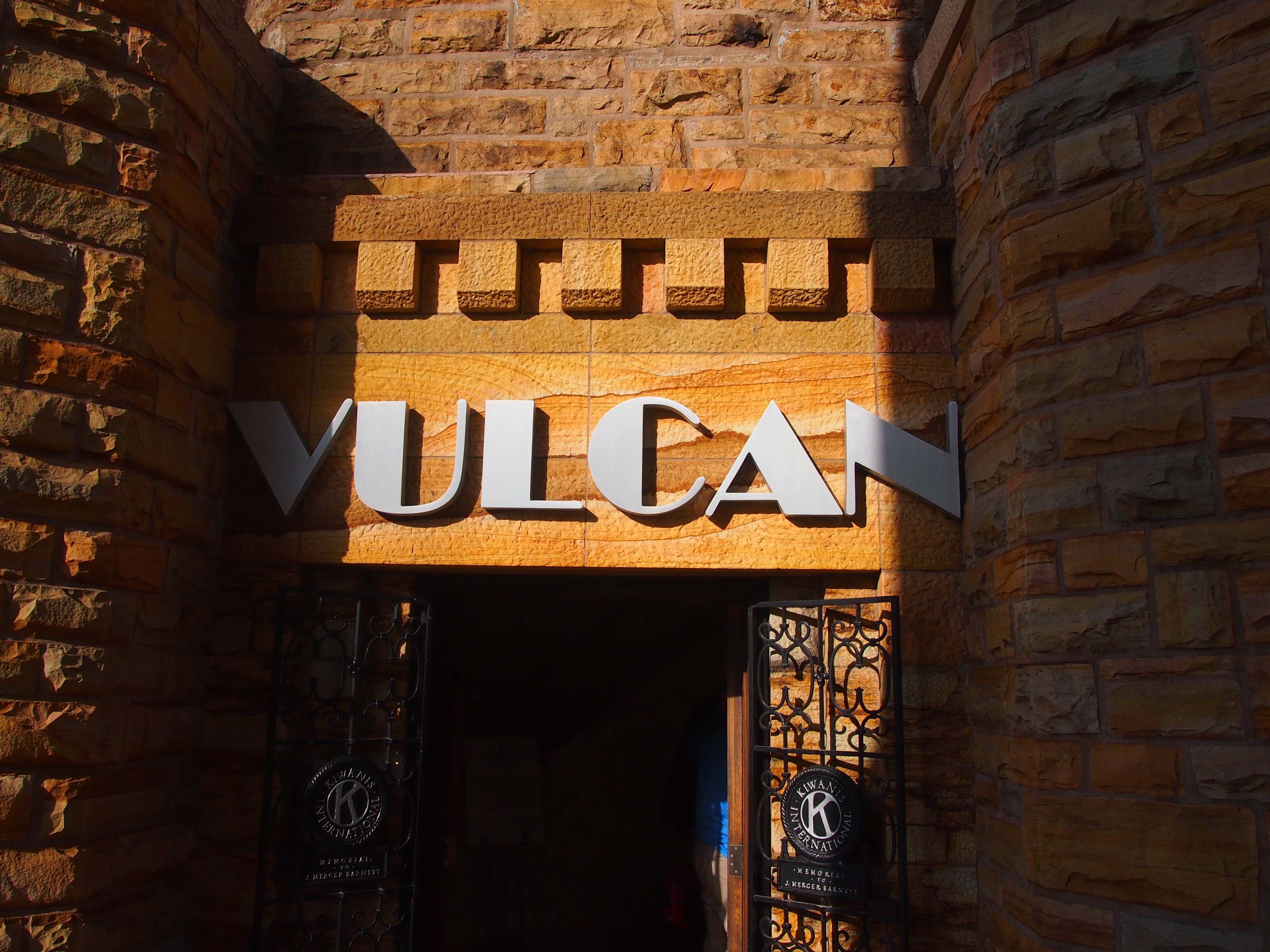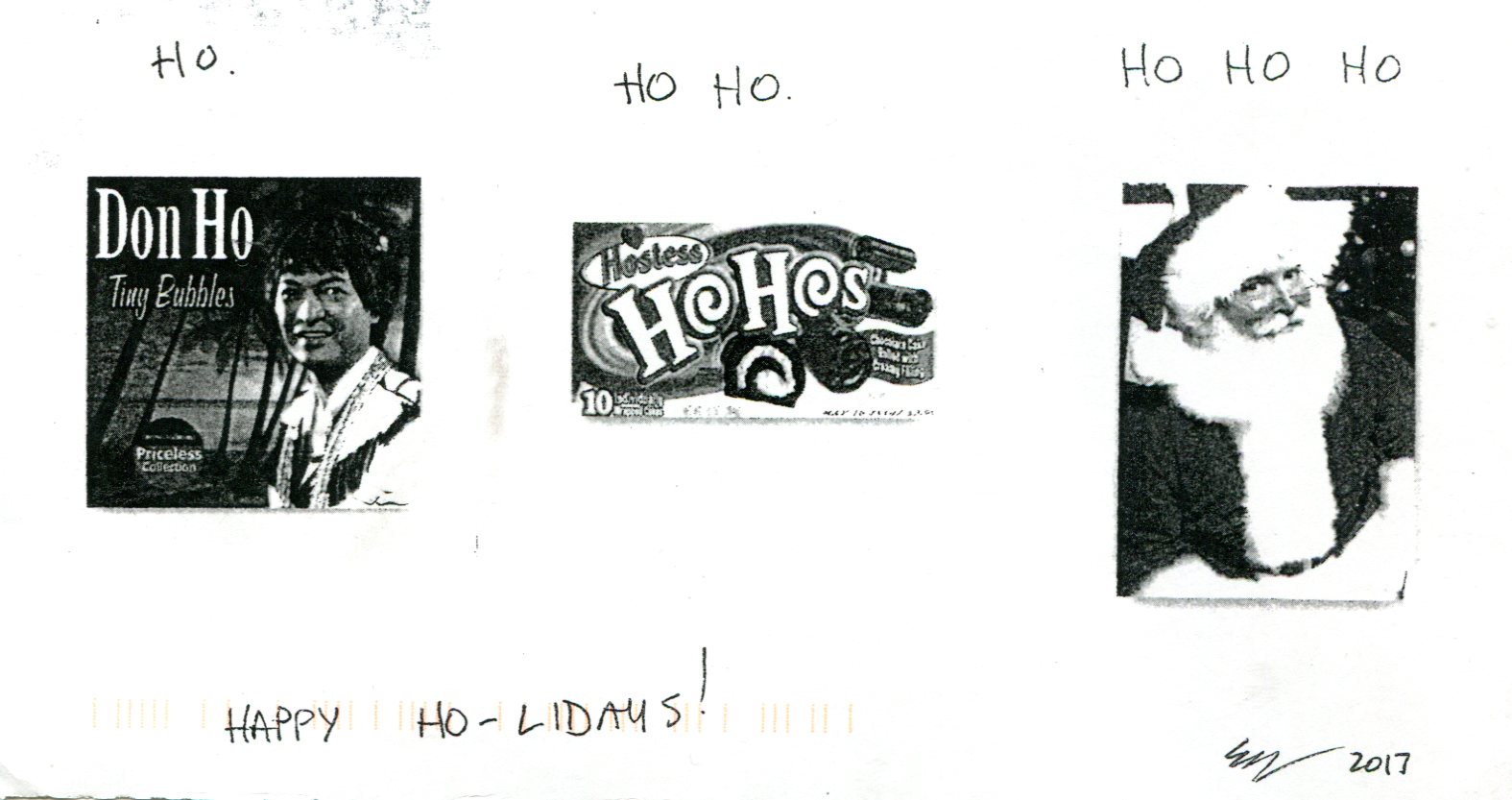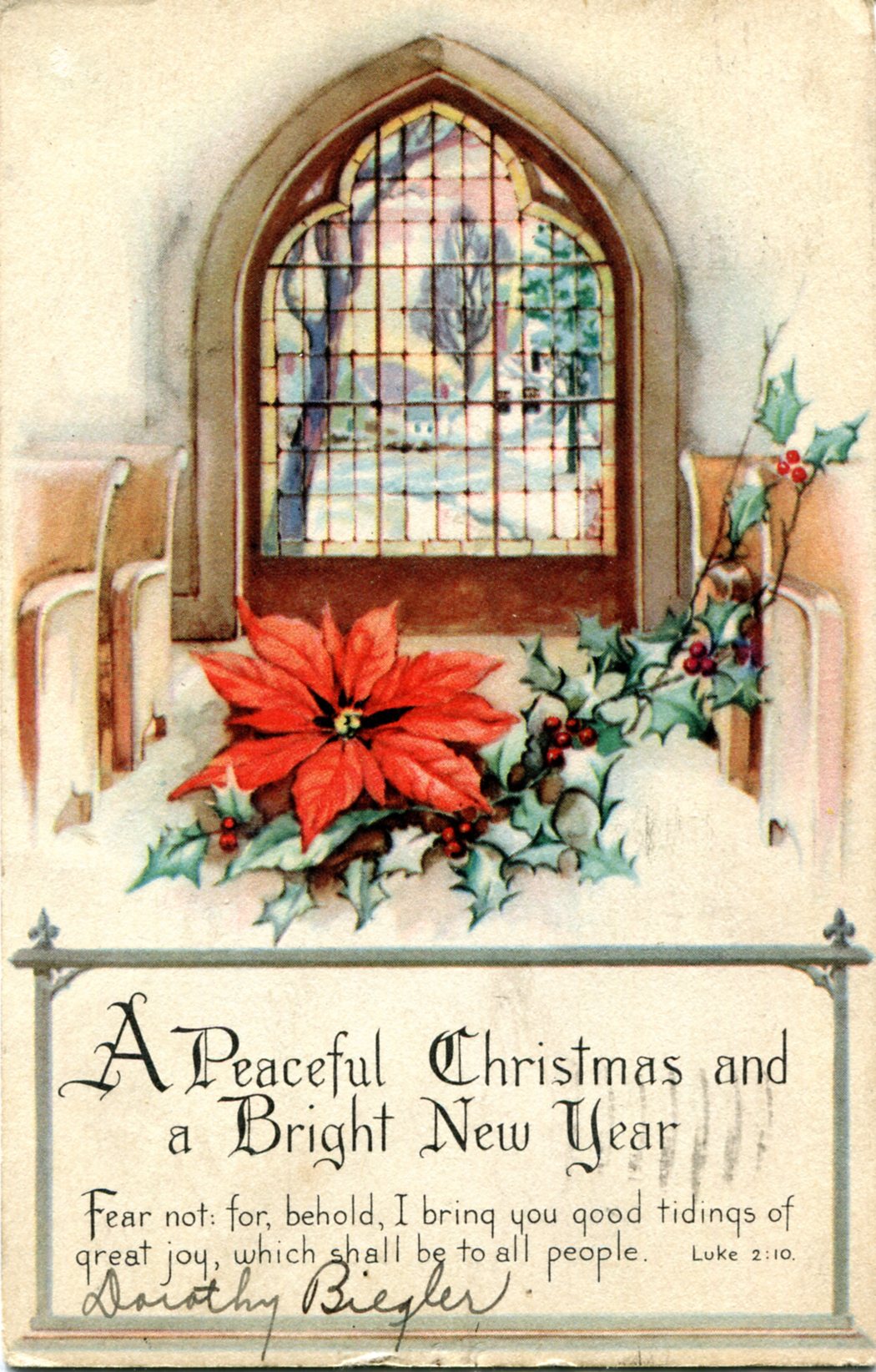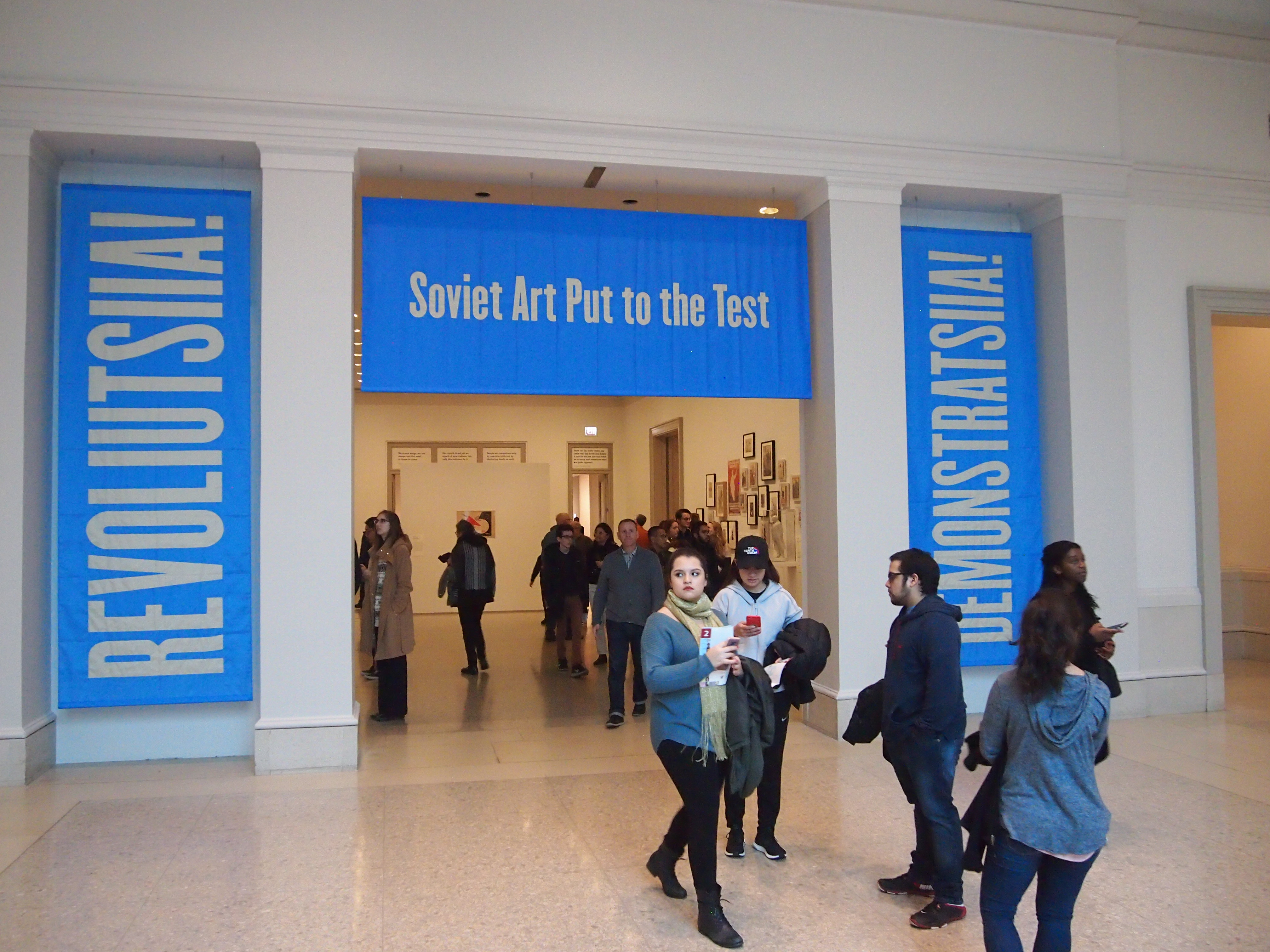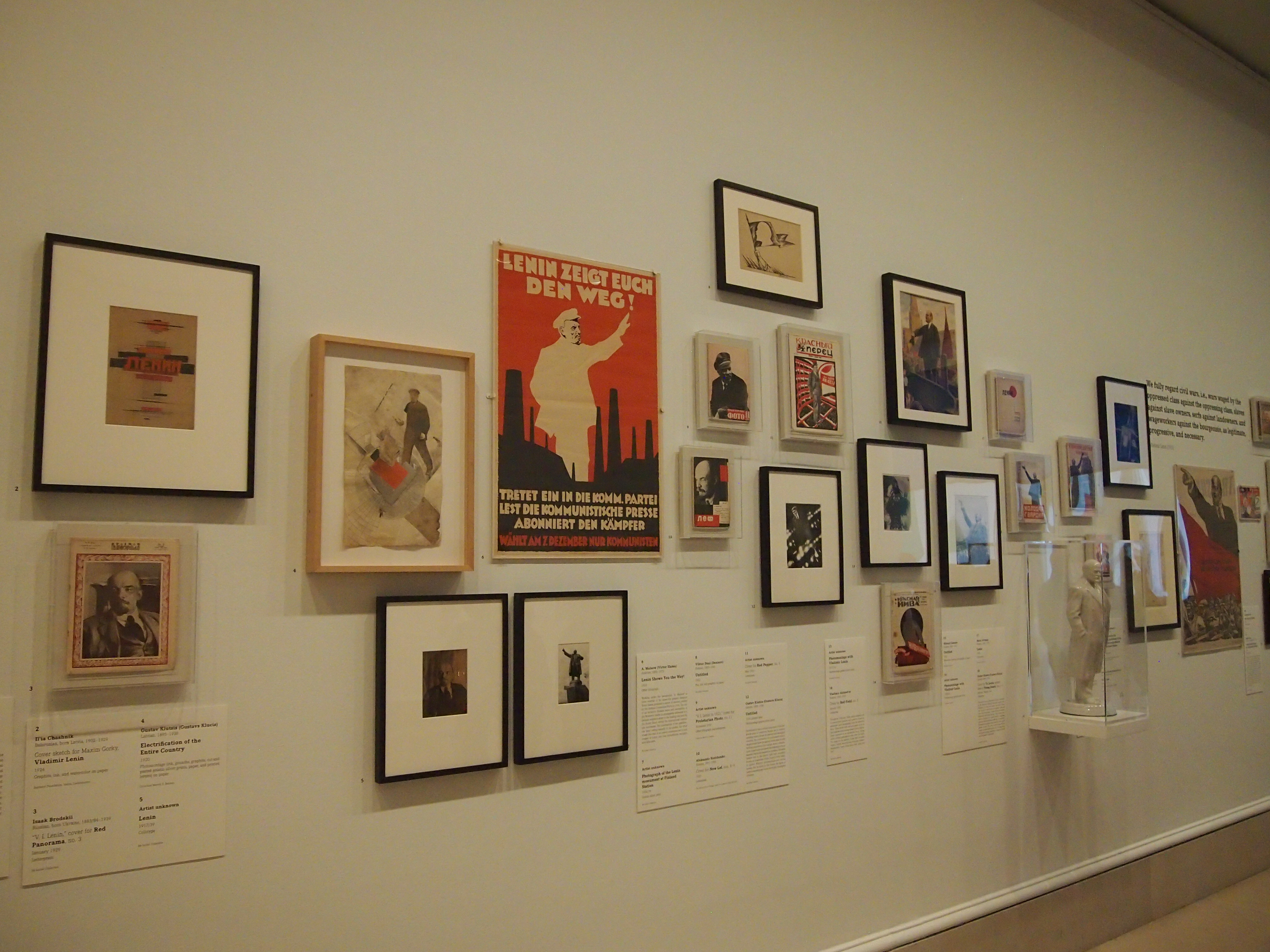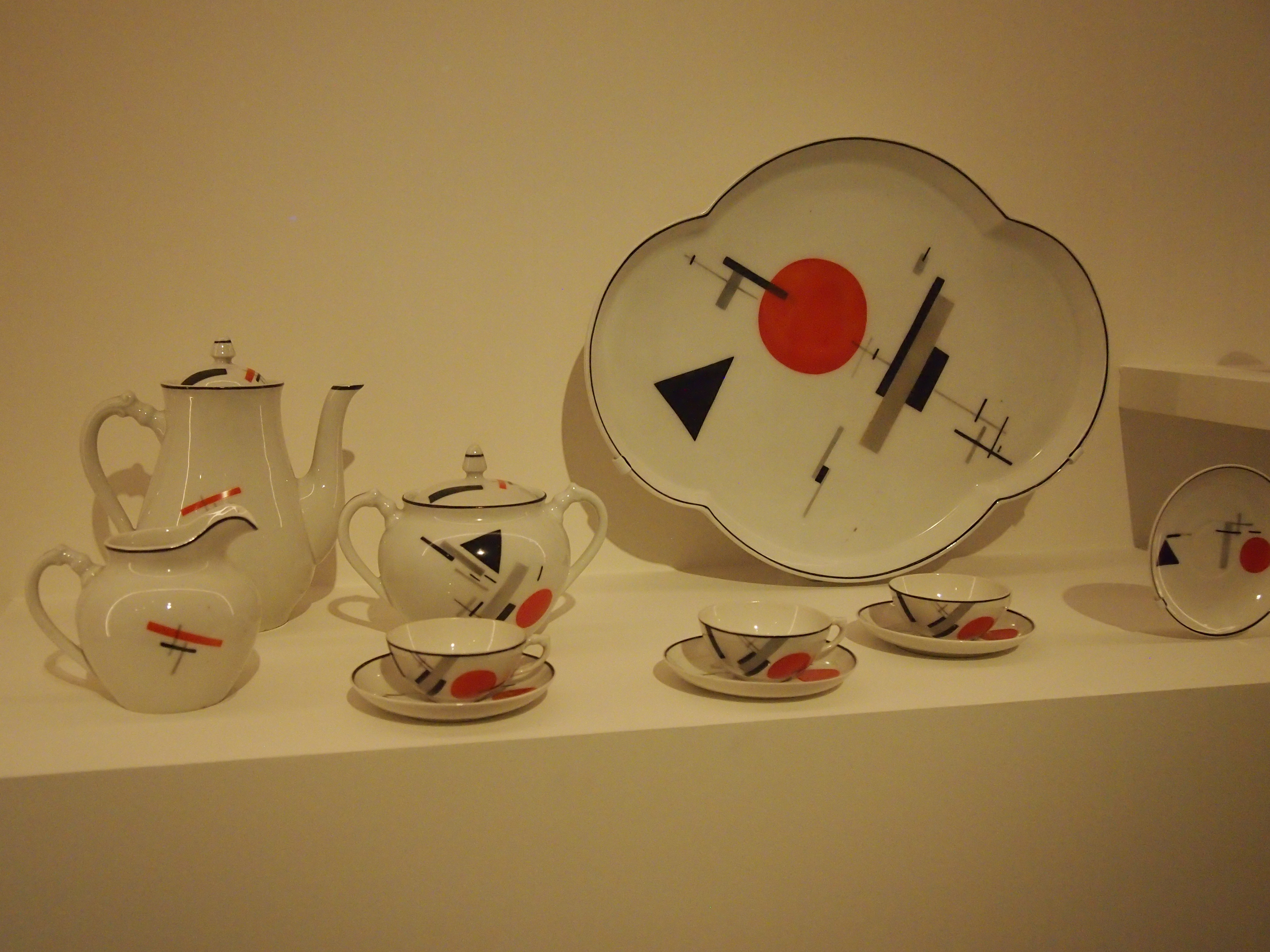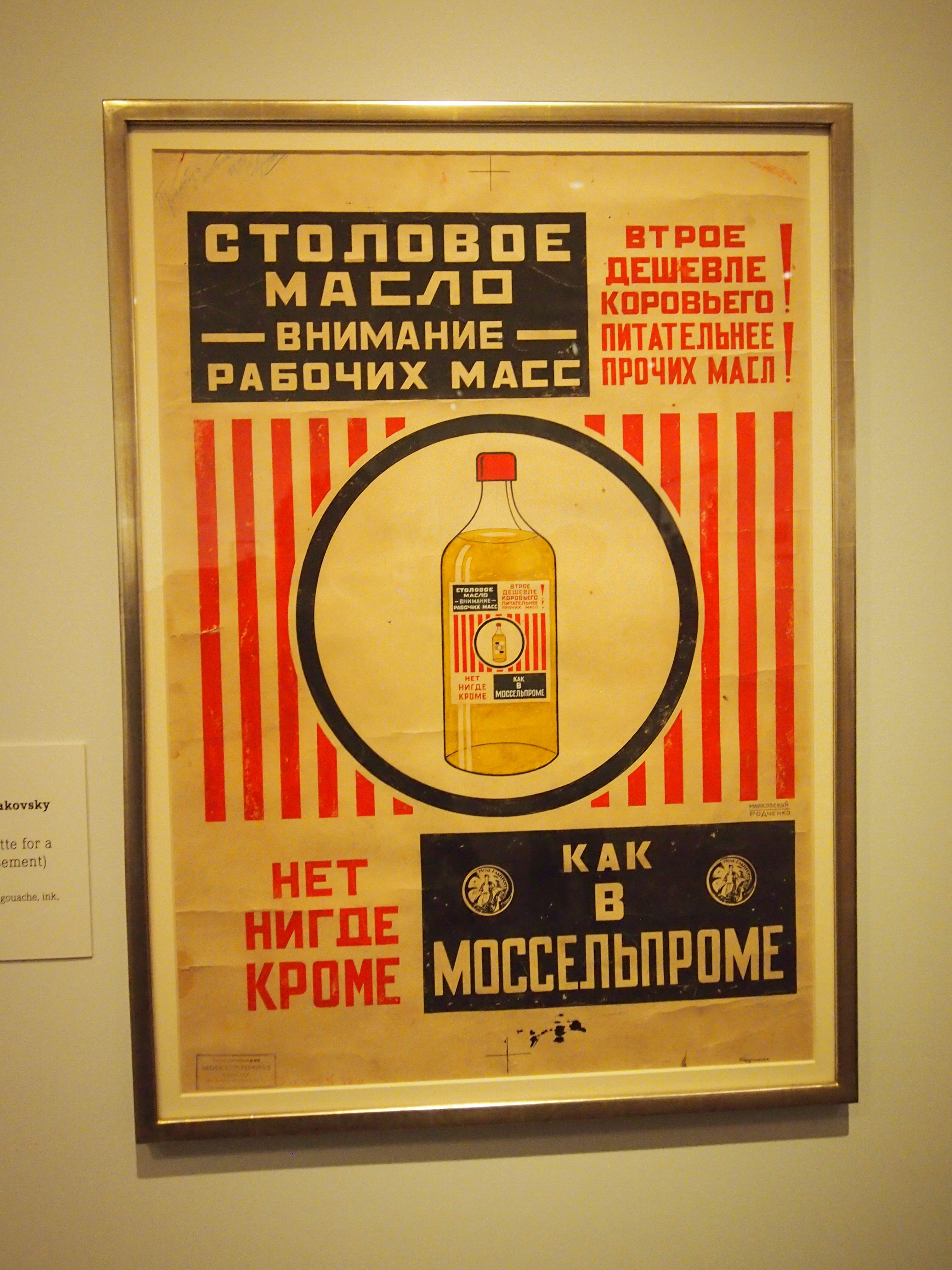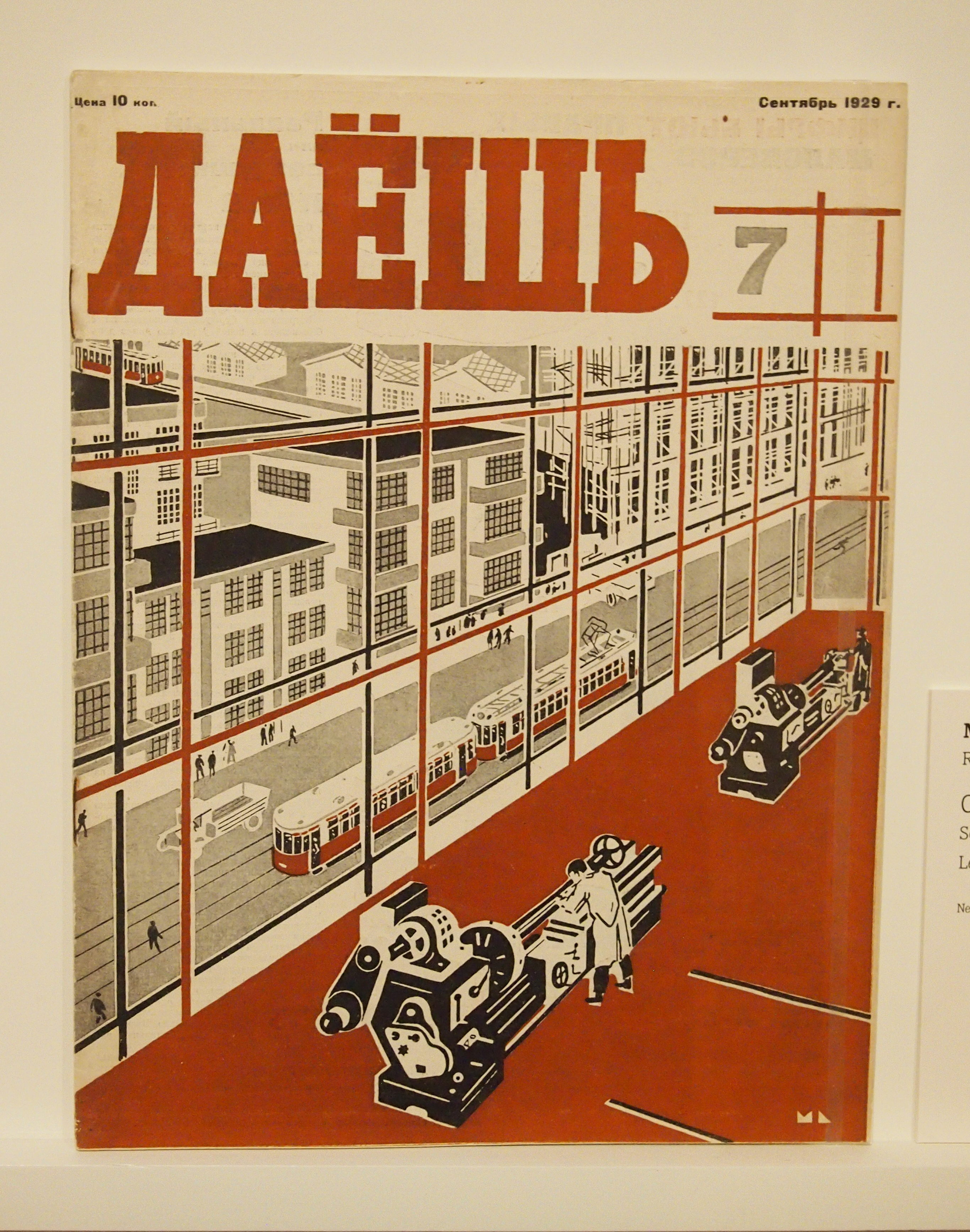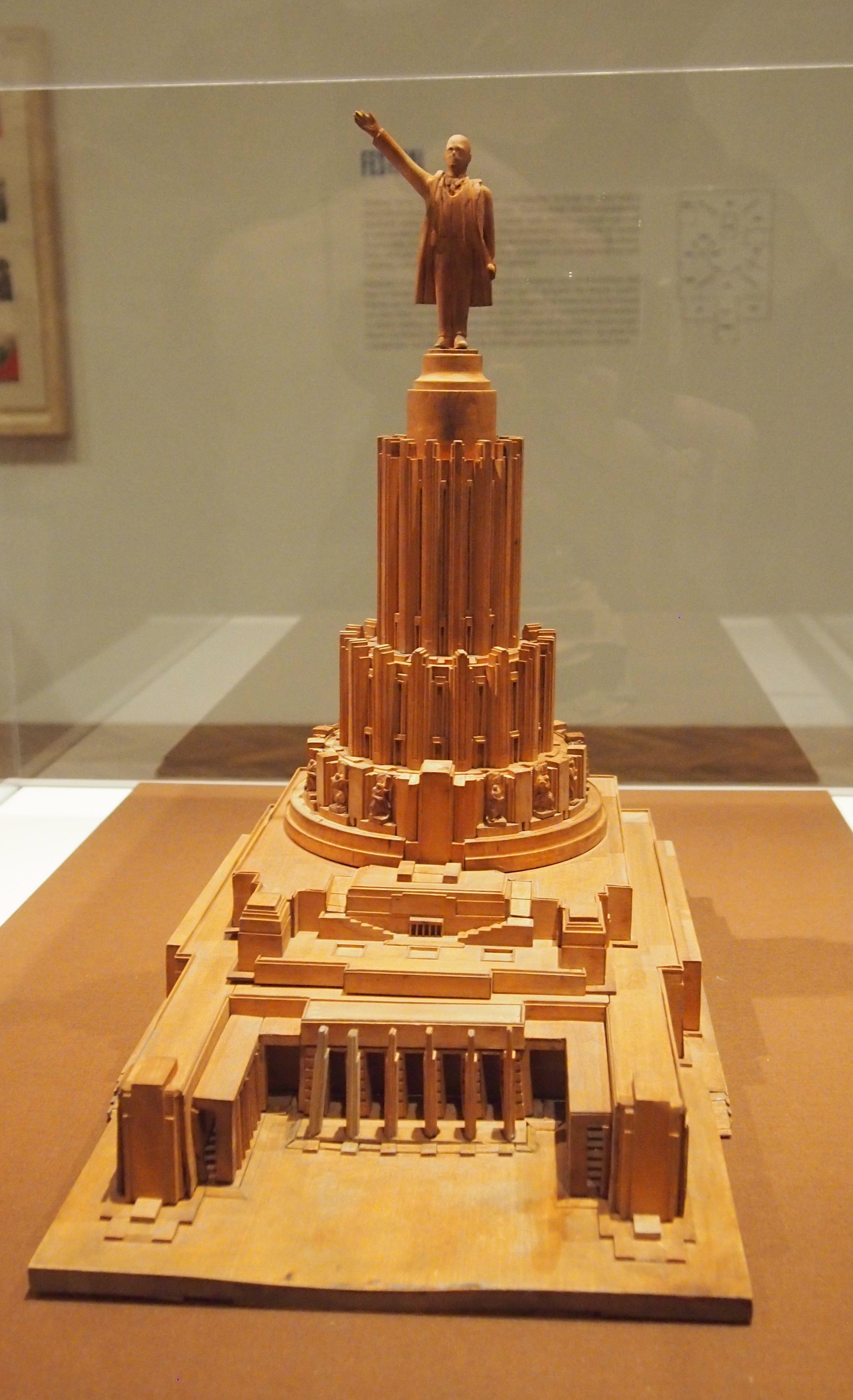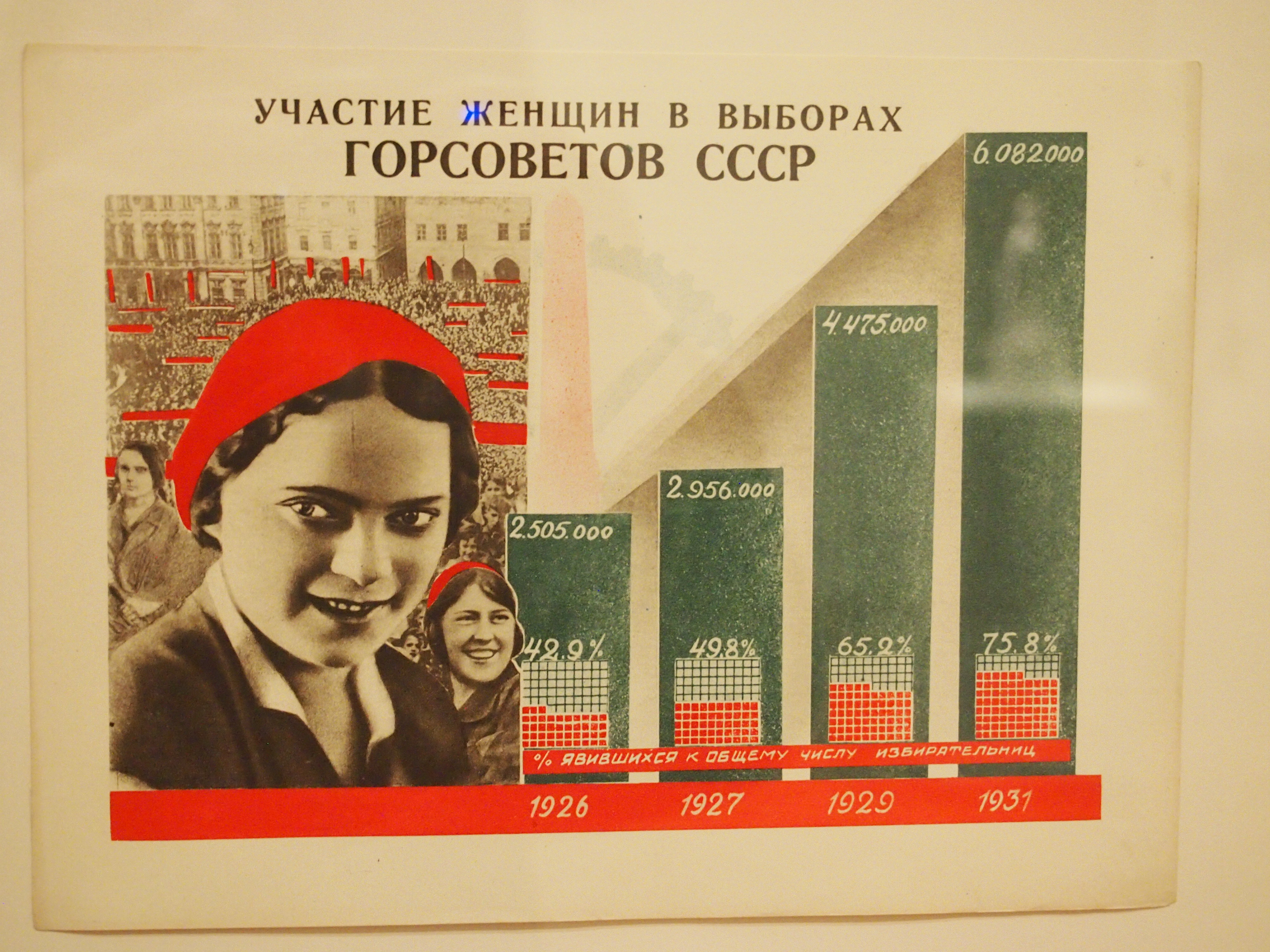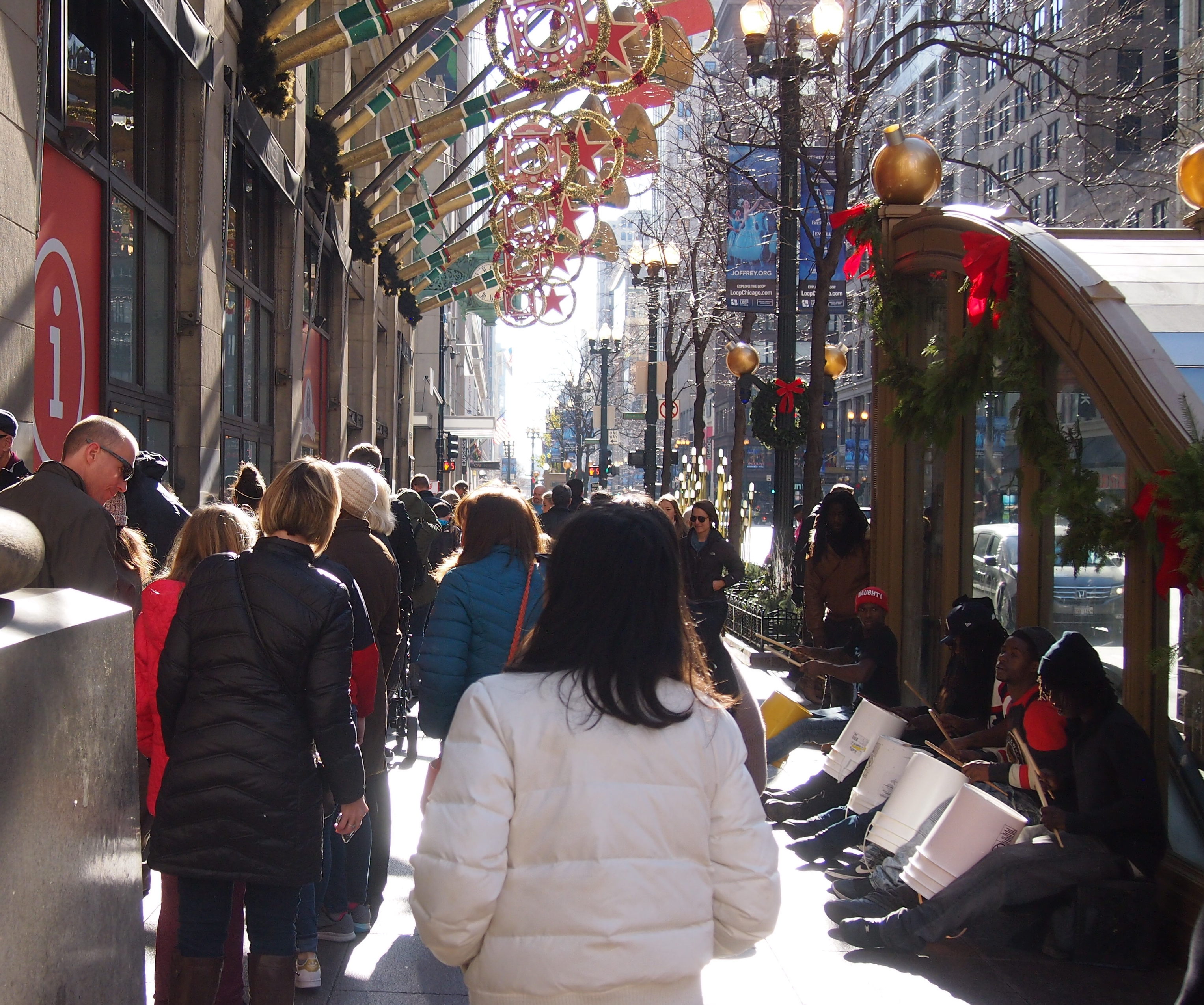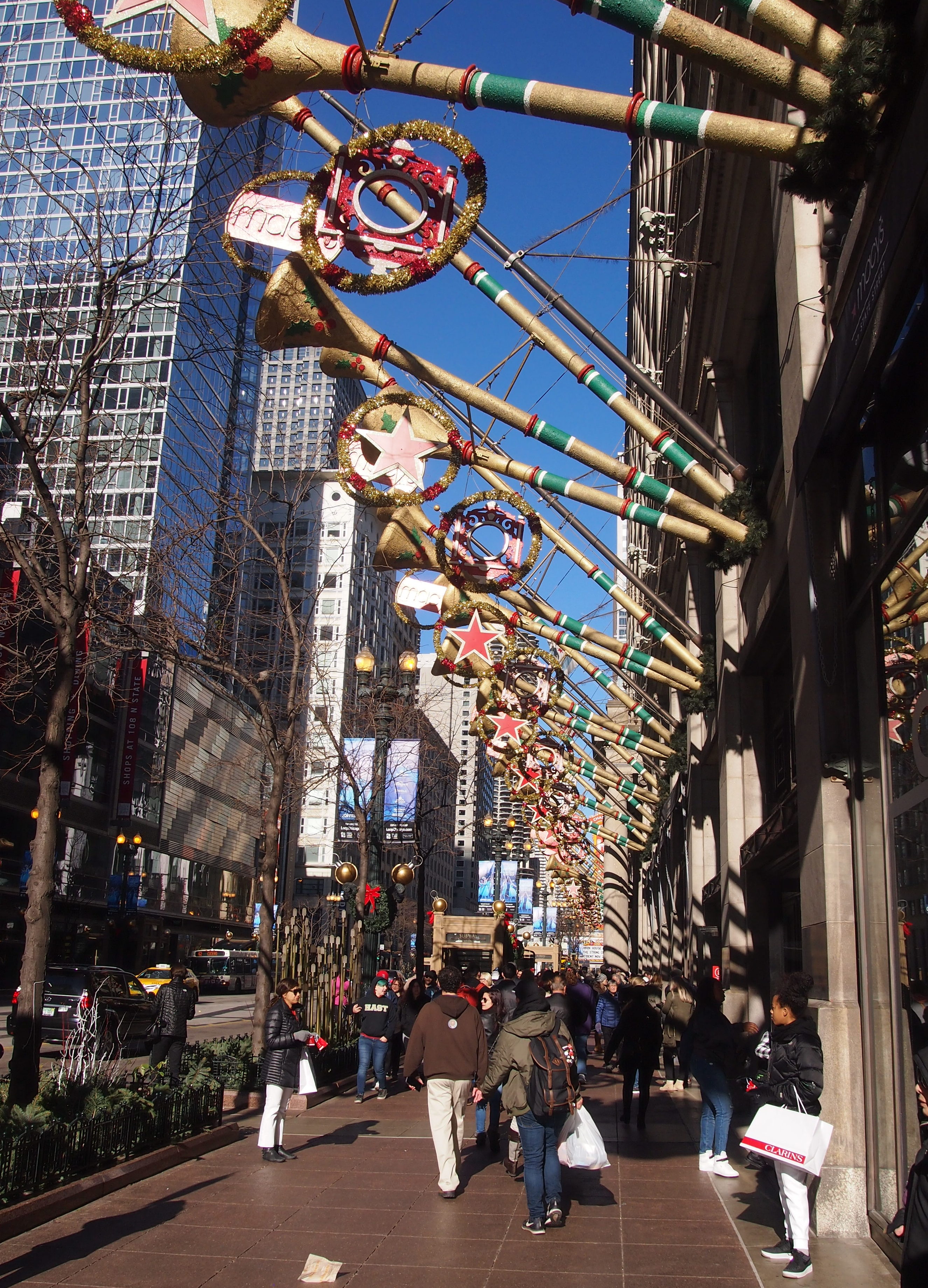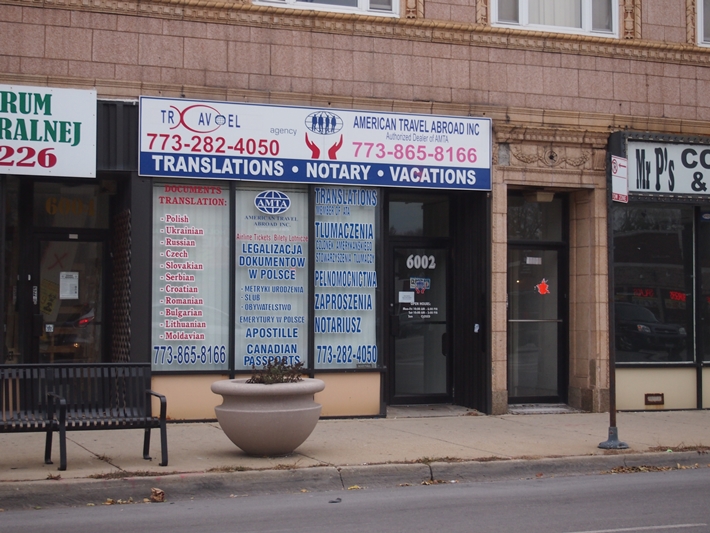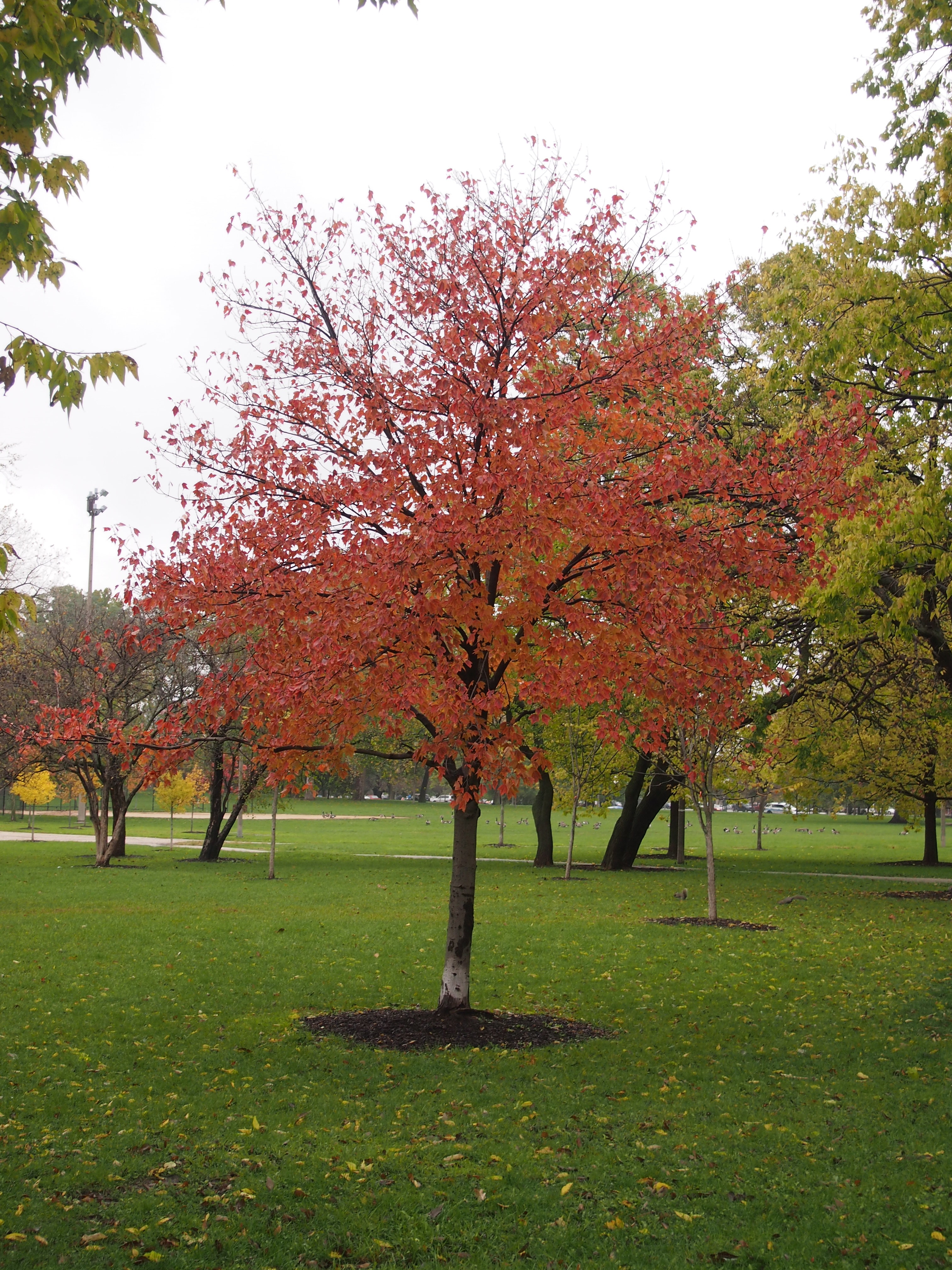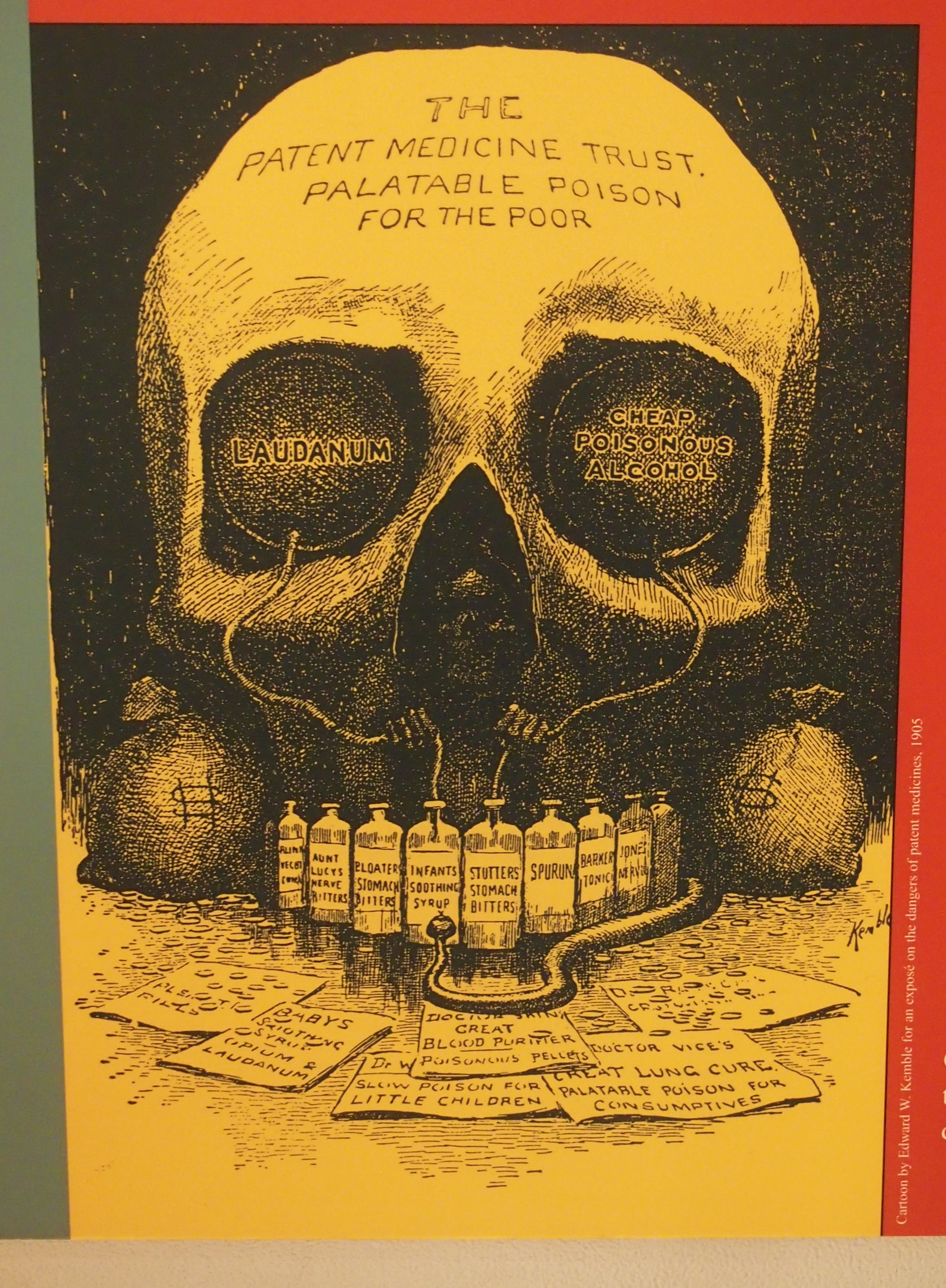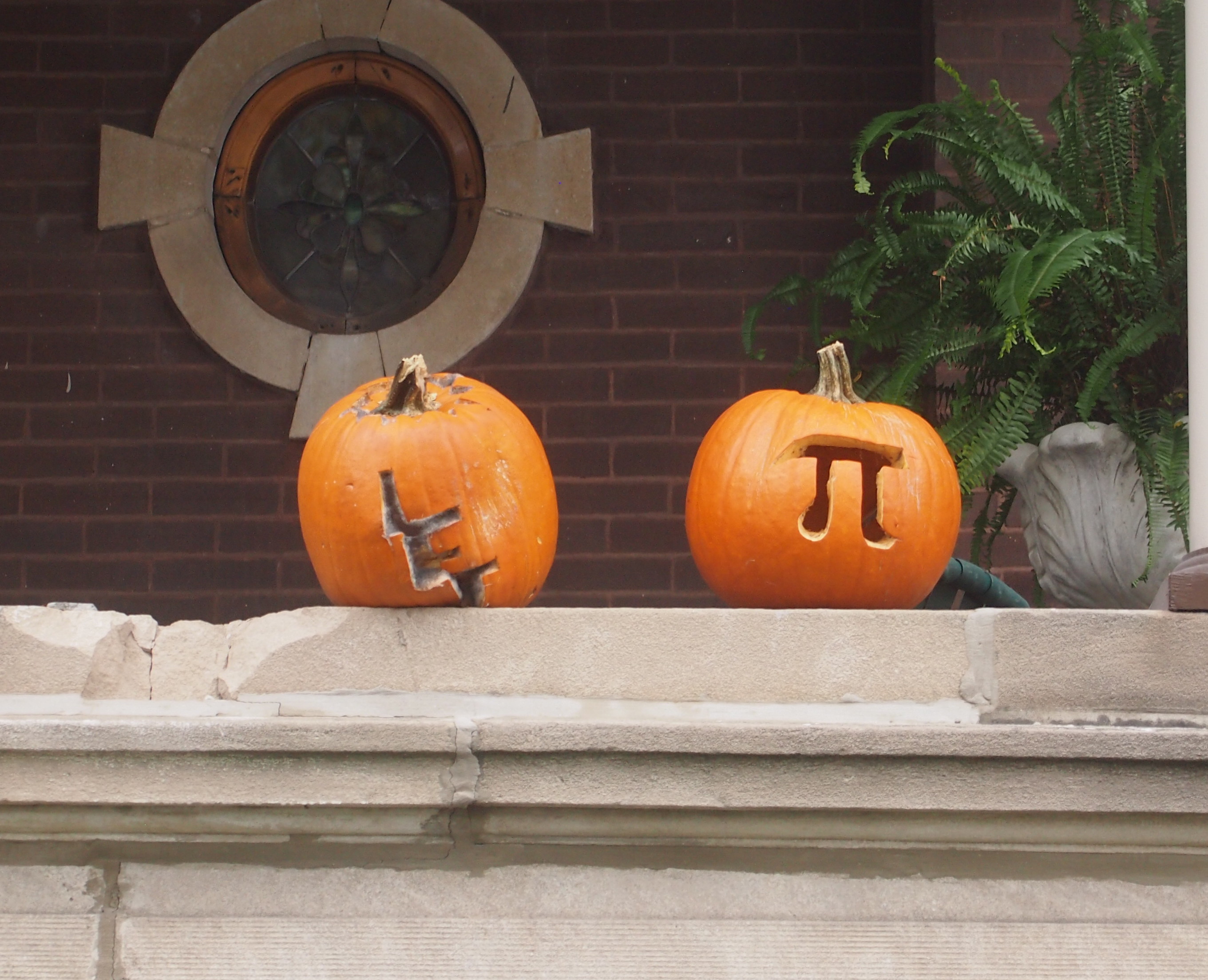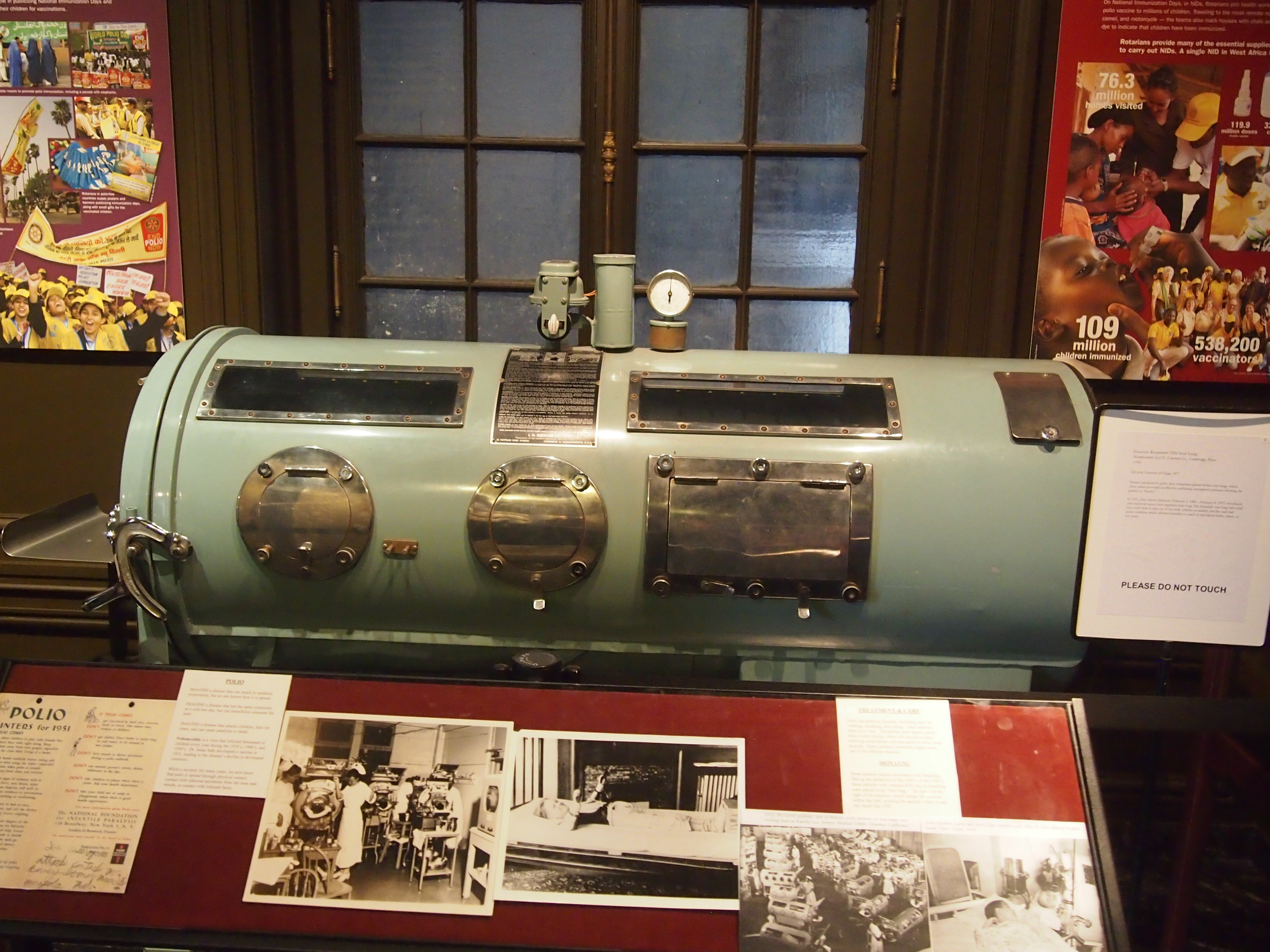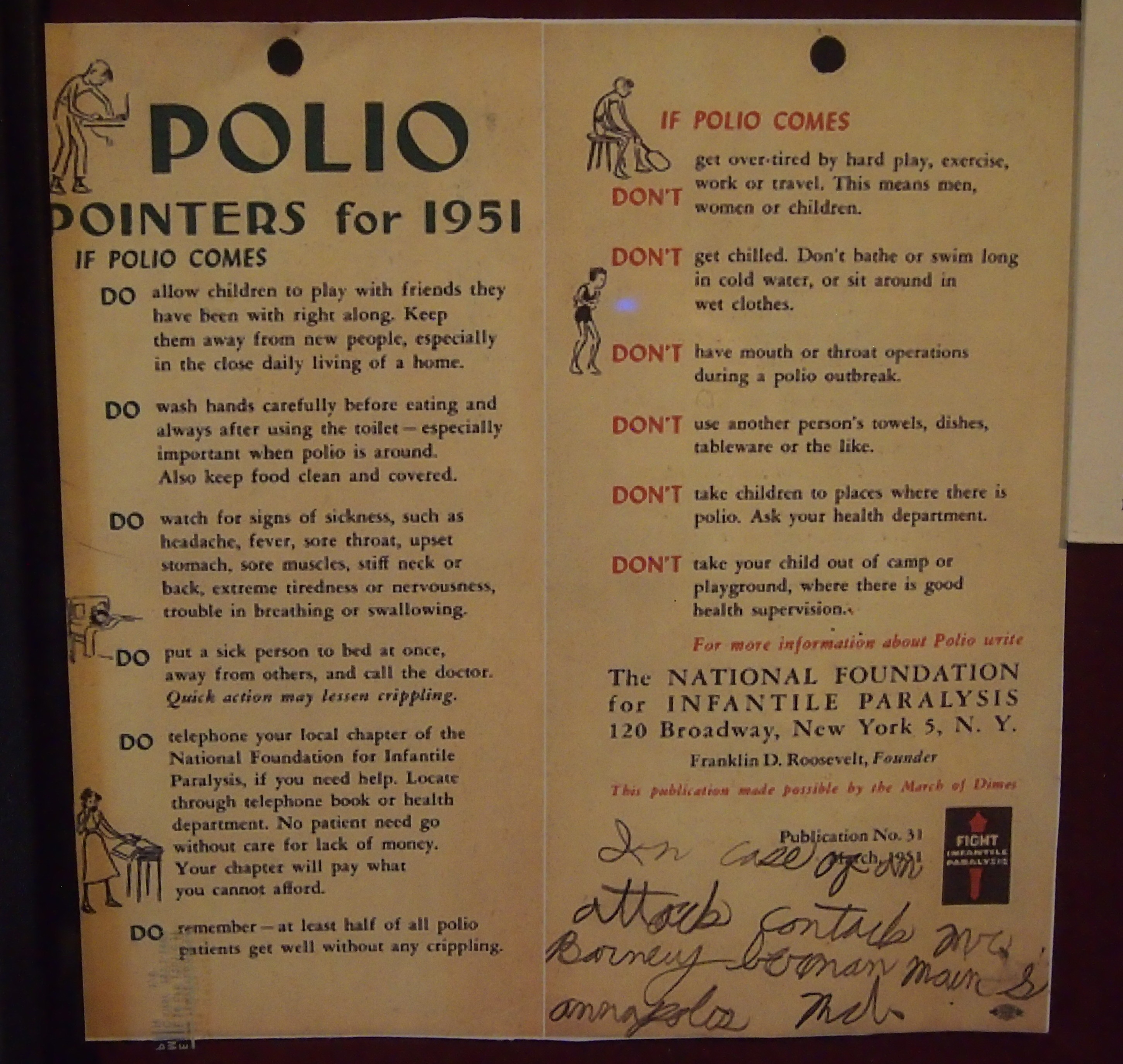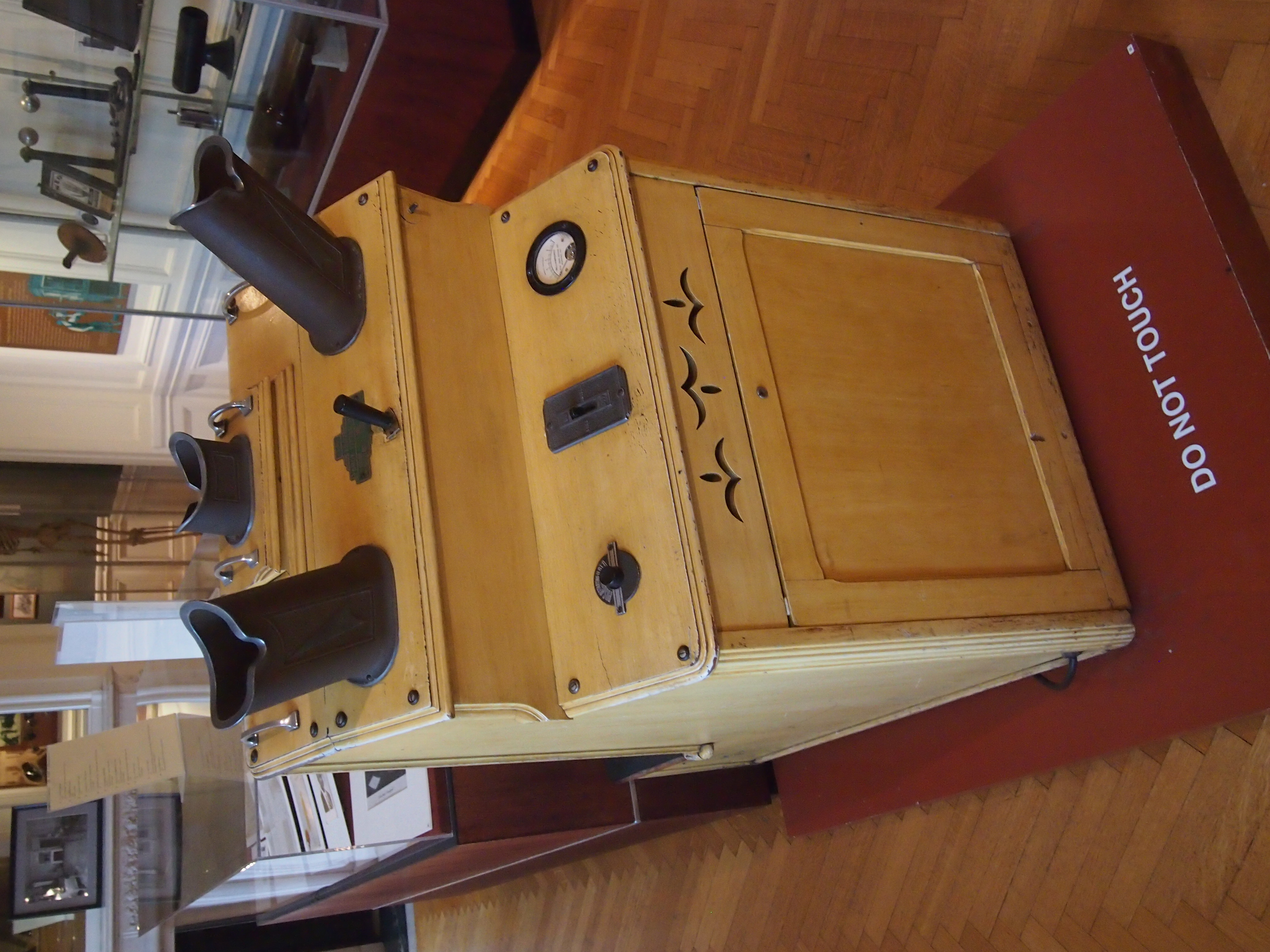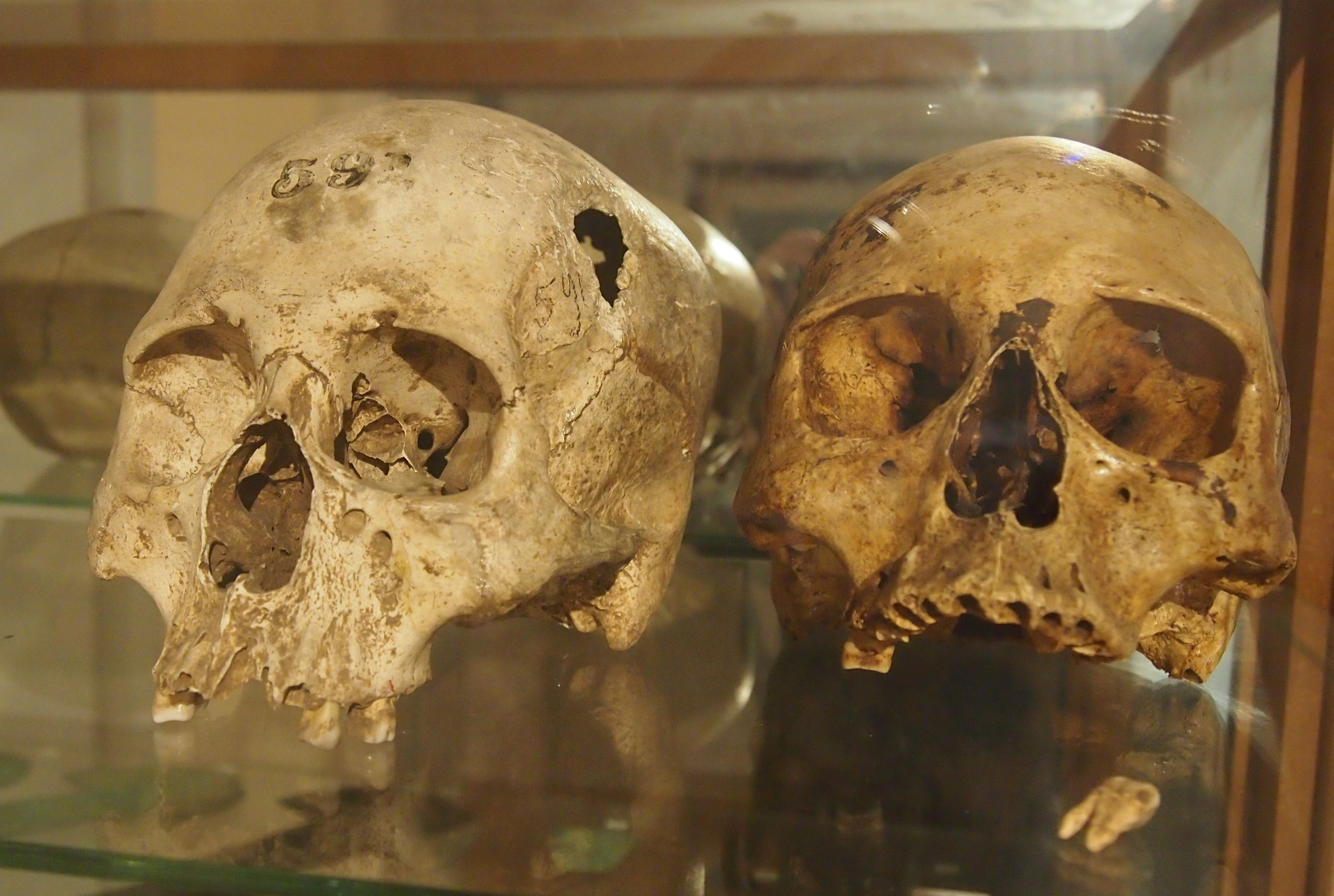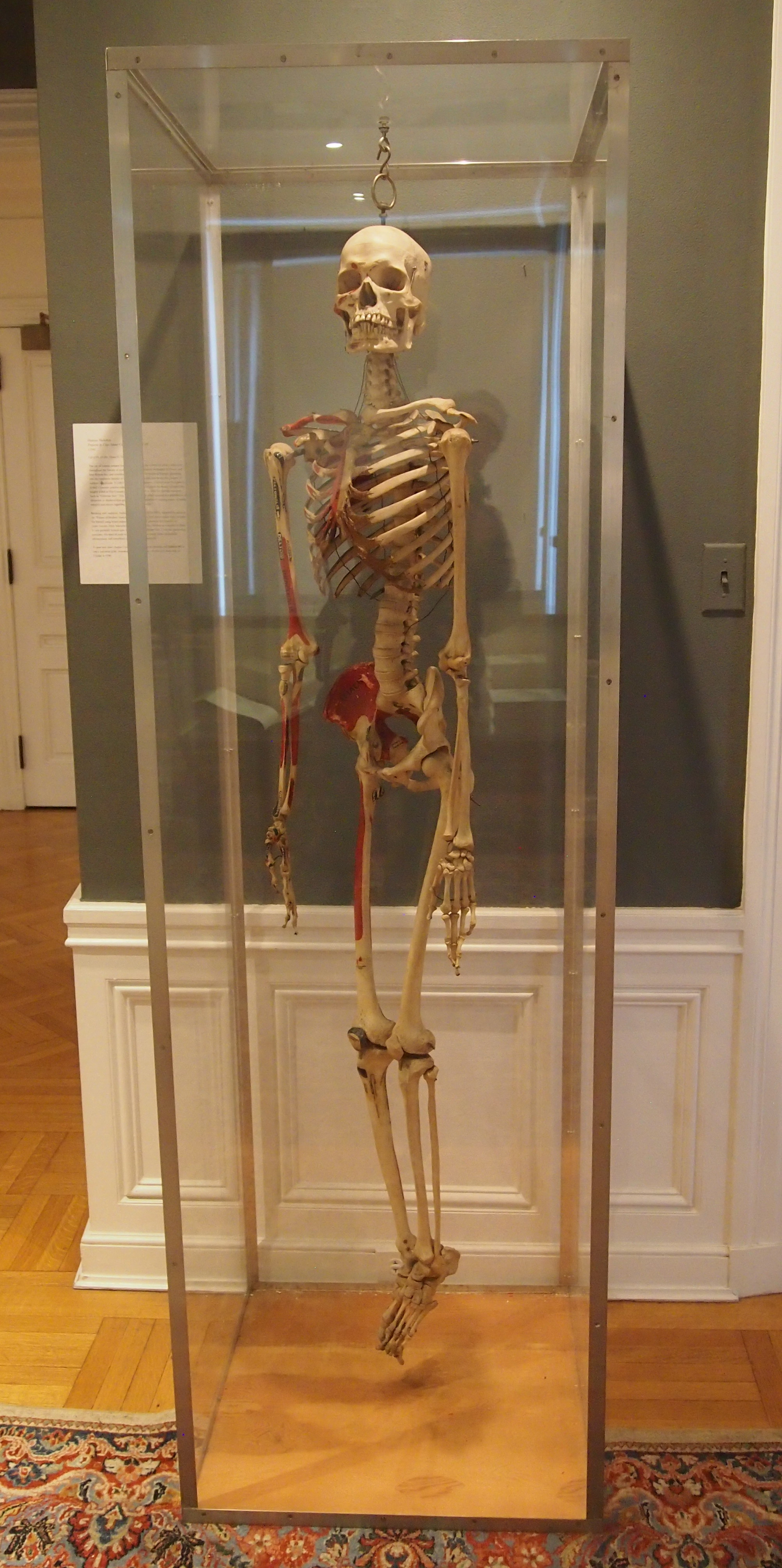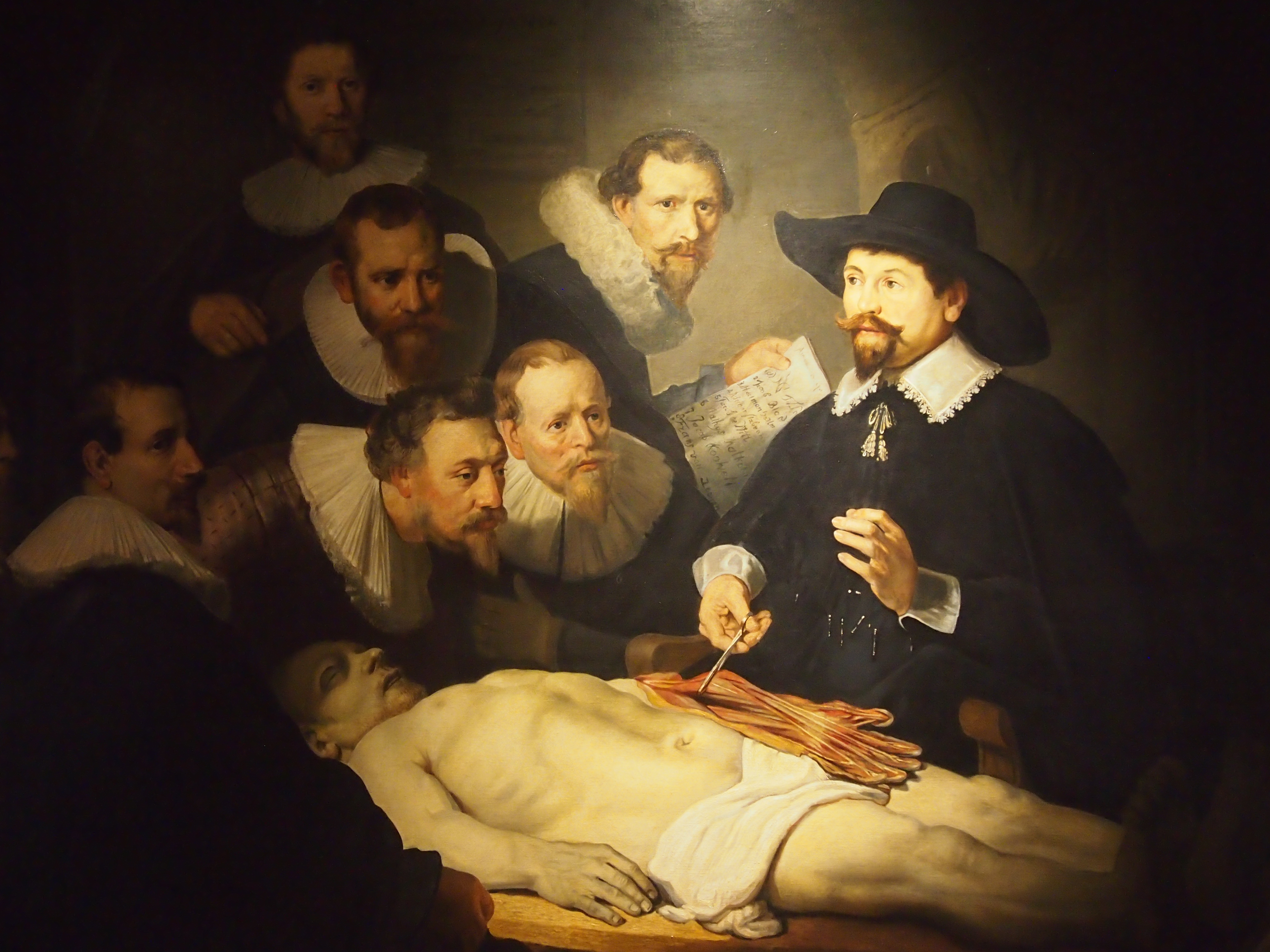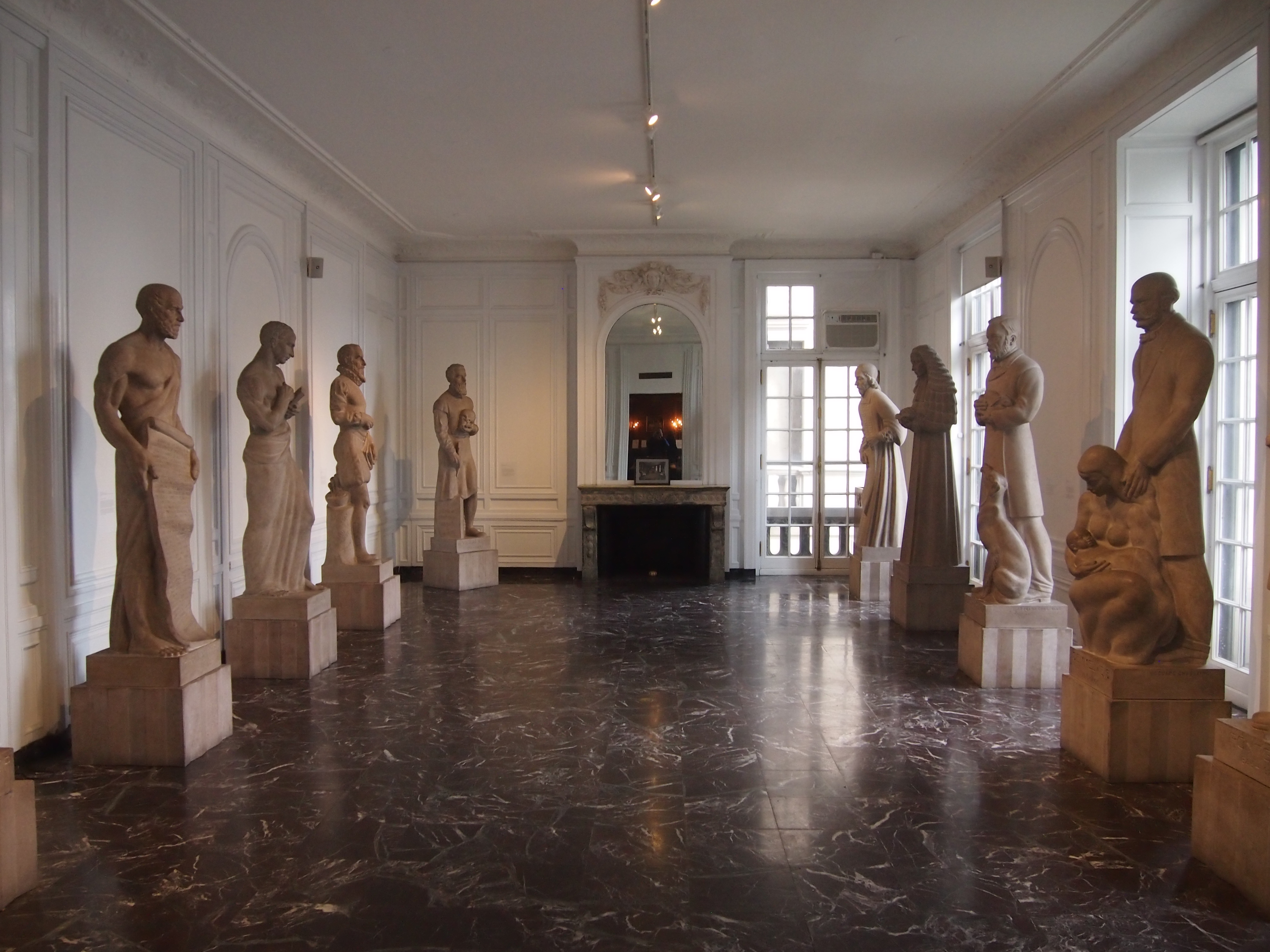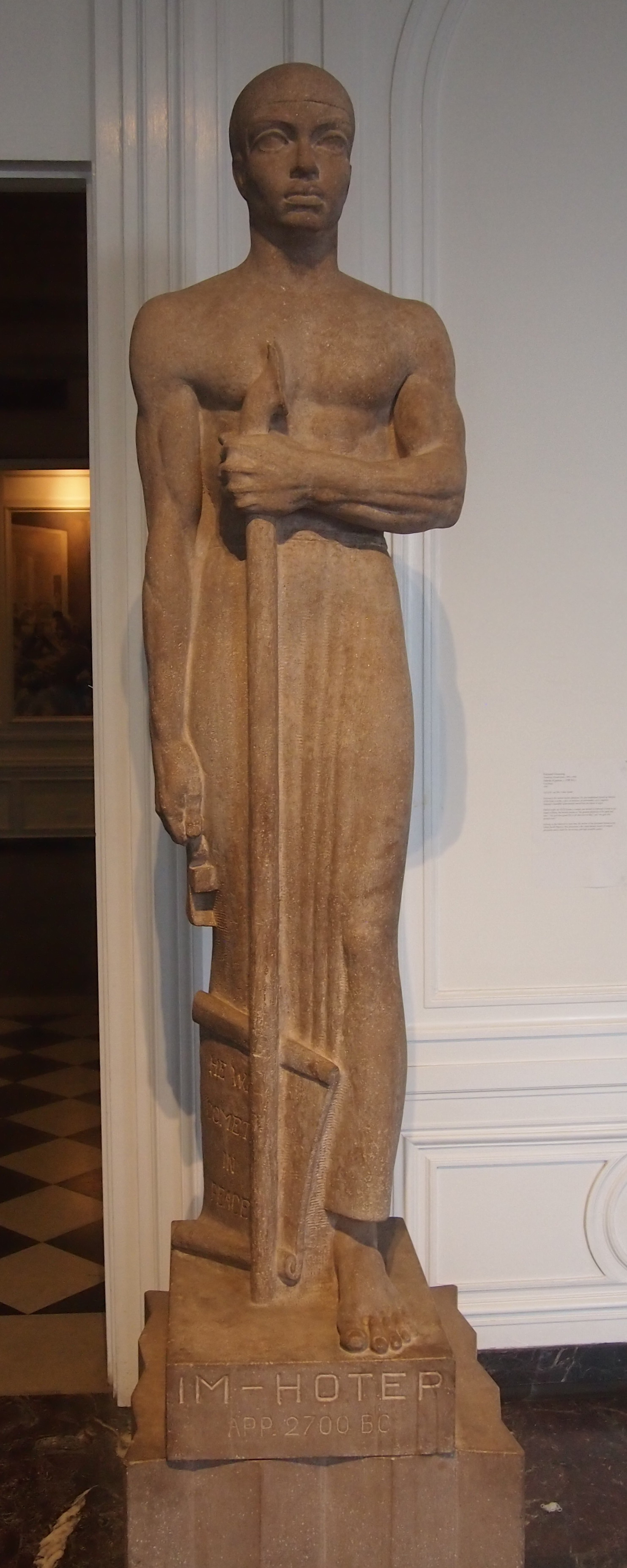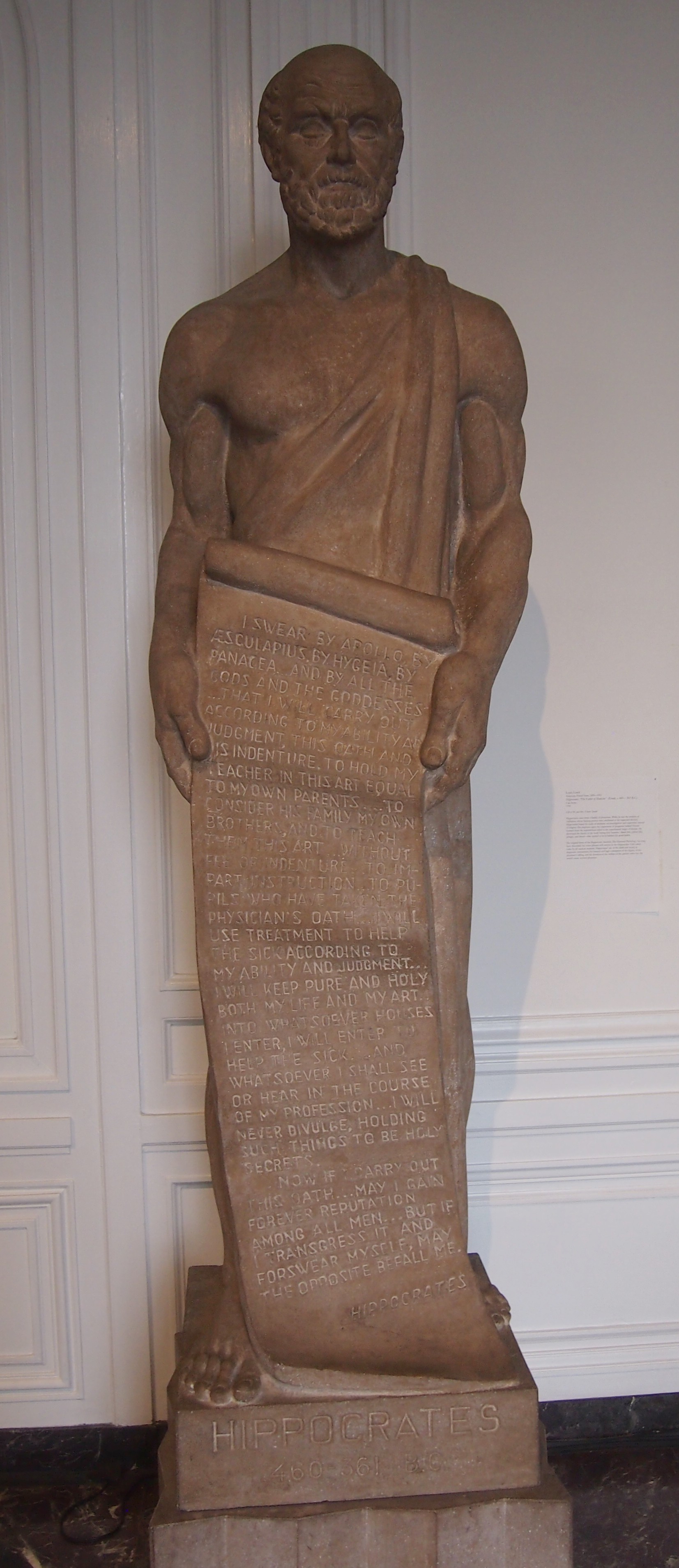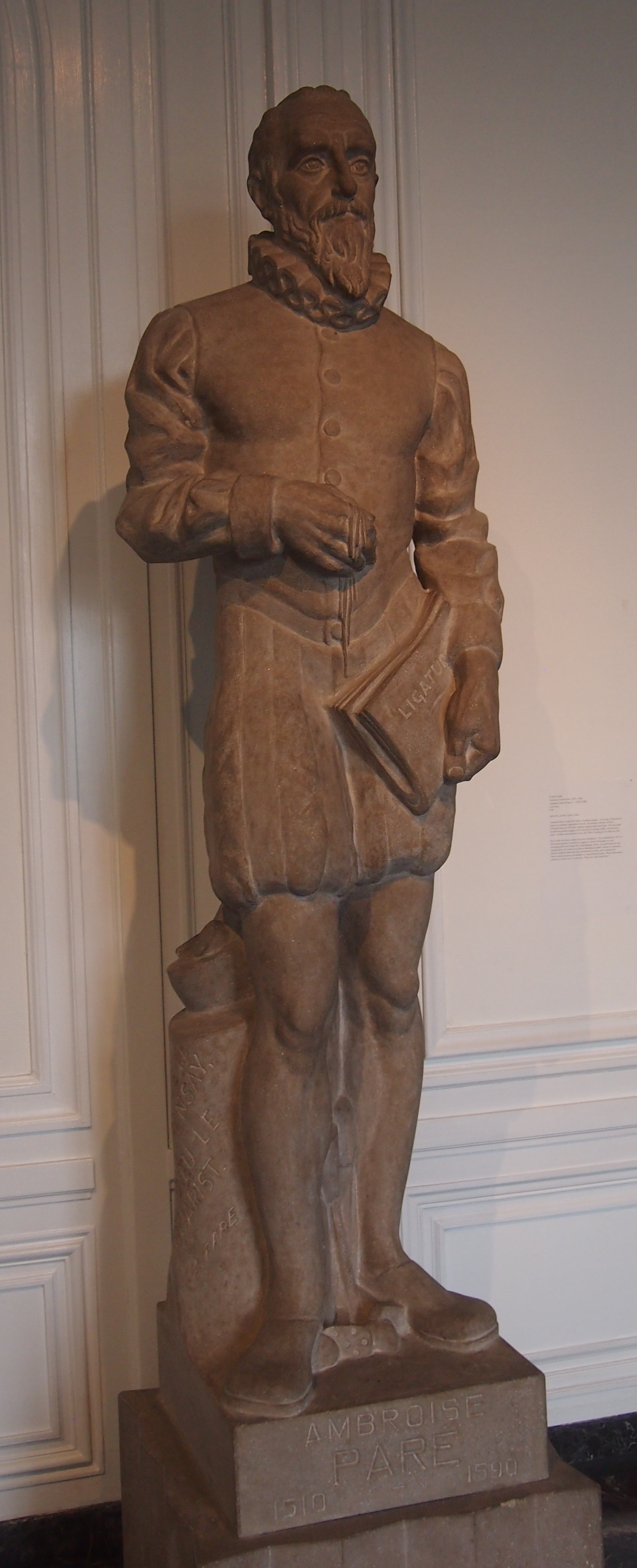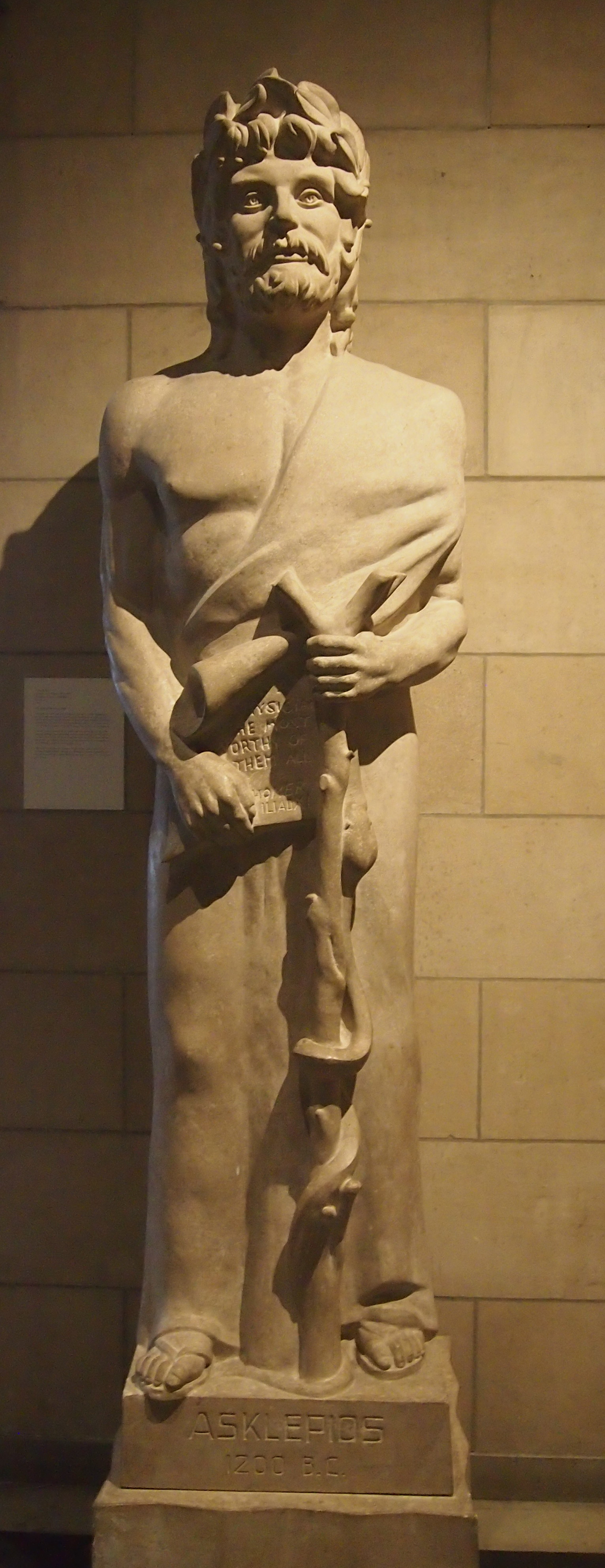Some years ago, the arms and armor gallery at the Art Institute of Chicago, a long hall packed with Medieval and Renaissance arms and armor, but also such artwork as reliquaries, disappeared during a renovation. A permanent exhibit of Indian art, as in the Indian subcontinent, took its place.
Indian art is a fine thing, but I missed arms and armor. Earlier this year, I read that the museum had restored the arms and armor display in a different place, but I was skeptical that it would be as good as the good old hall. I was wrong. The new galleries, collectively known as the Deering Family Galleries of Medieval and Renaissance Art, Arms, and Armor, are better.
An Art Institute press release from March says that the galleries are “the permanent home for nearly 700 objects from the museum’s rich holdings of art from 1200 to 1600, including monumental altarpieces, exquisite jewelry, and the beloved arms and armor collection.
“While much in the collection may be familiar to long time visitors, the installation expands the display of art of this period sixfold and enfolds them in an historically inspired atmosphere and context. The construction of these galleries marks the most ambitious architectural undertaking at the museum since the Modern Wing opened in 2009.”
In the very first gallery, you see the Ayala Altarpiece, dated 1396 and commissioned by Pedro López de Ayala, later chancellor of Castile. The museum spent three years recently restoring the painted wood altarpiece, 24 feet across by eight feet high, and it’s quite a sight.
Also in the first gallery are the likes of a crucifix by the Master of the Bigallo Crucifix, Italian, active about 1225-65.
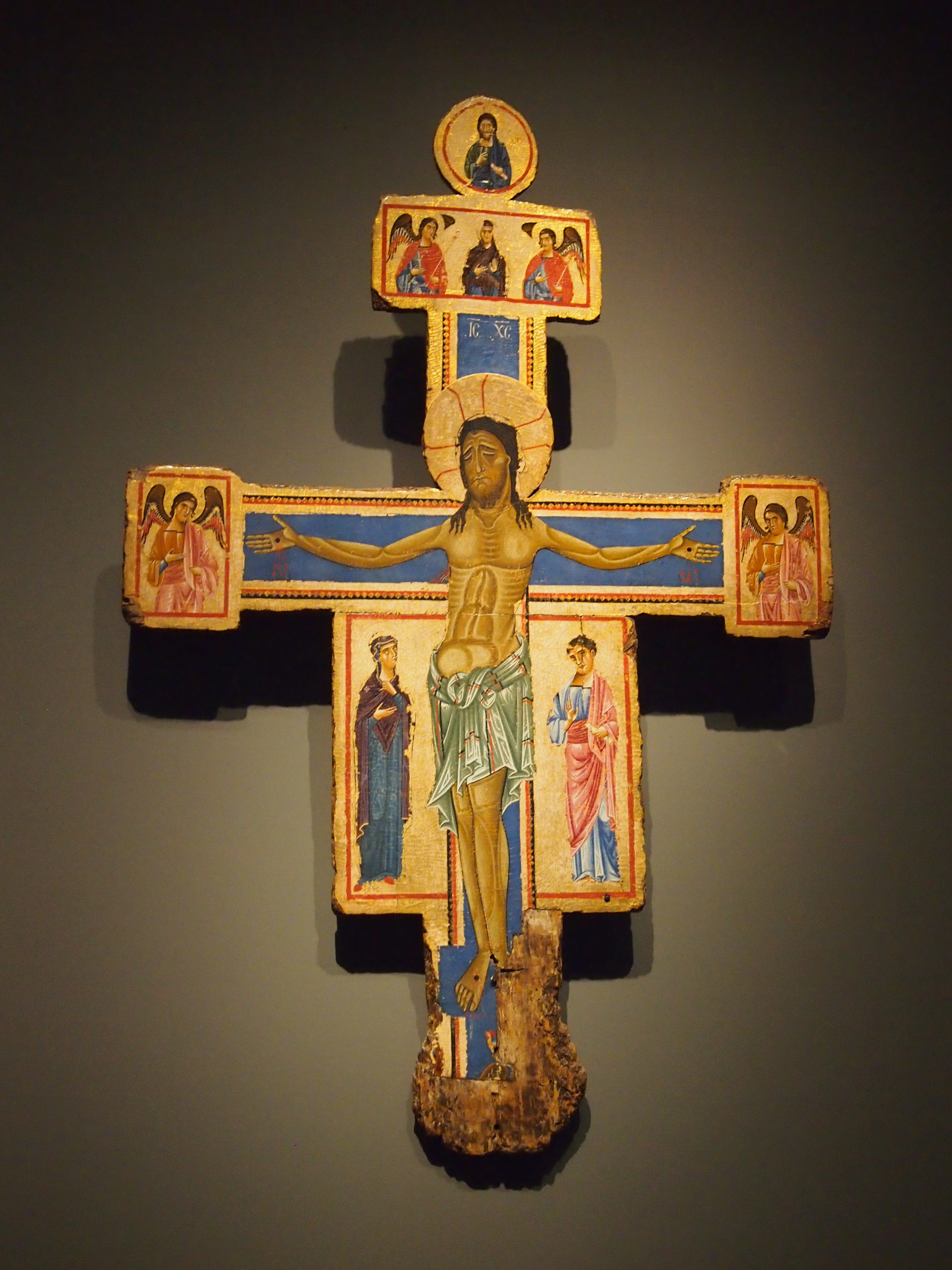 And “Saint George and the Dragon” by Bernat Martorell, a Spaniard (1434/35).
And “Saint George and the Dragon” by Bernat Martorell, a Spaniard (1434/35).
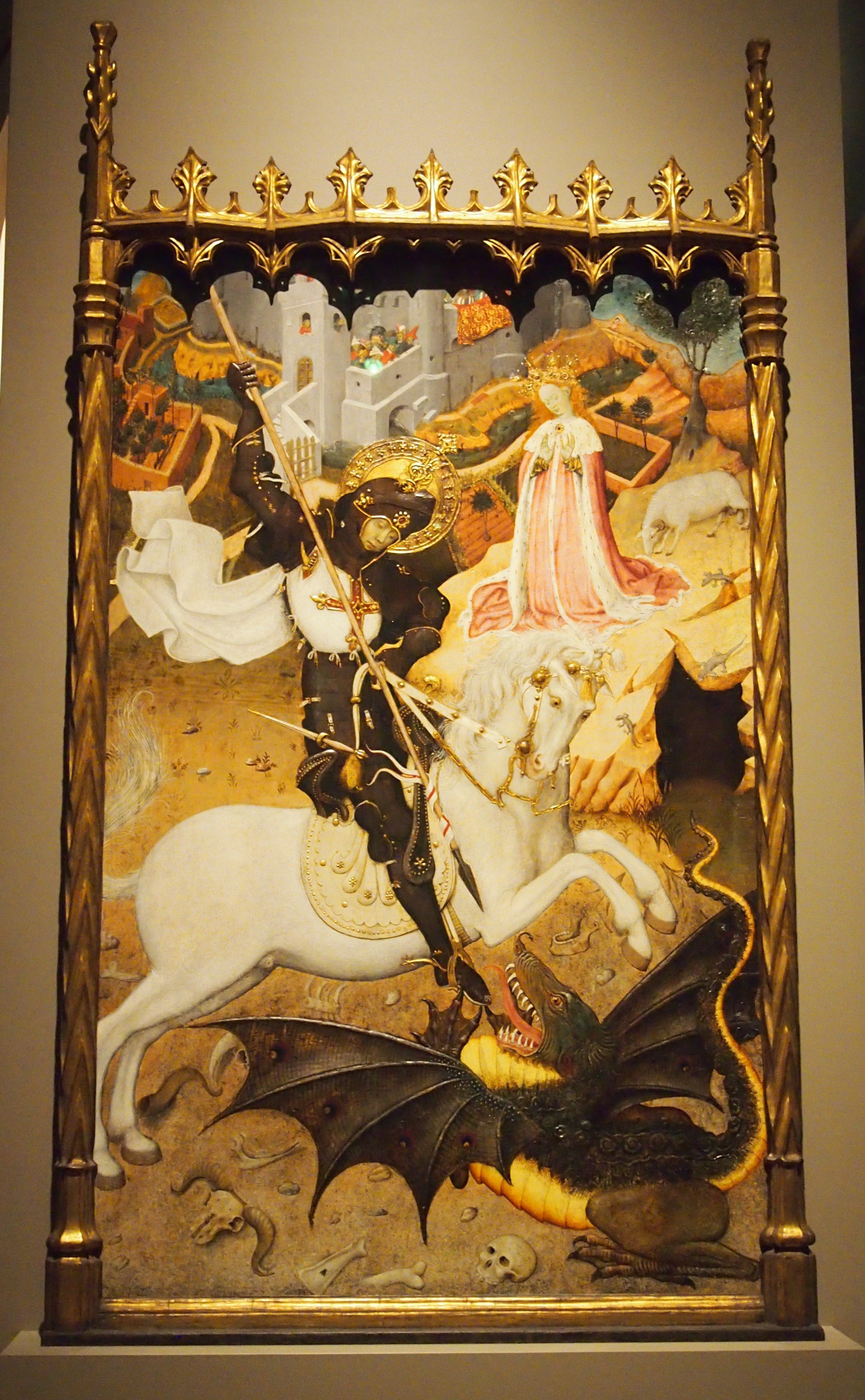 “The galleries that follow are more intimate, focusing on late Gothic and Renaissance domestic life,” the museum continues. “Luxury goods and accessories for feasting fill one room while another displays works of art for the bedchambers of Tuscany’s merchant elite. Everyday objects from northern Europe, along with jewelry and items of personal display, complete the domestic picture of the period.
“The galleries that follow are more intimate, focusing on late Gothic and Renaissance domestic life,” the museum continues. “Luxury goods and accessories for feasting fill one room while another displays works of art for the bedchambers of Tuscany’s merchant elite. Everyday objects from northern Europe, along with jewelry and items of personal display, complete the domestic picture of the period.
“From here, the space opens to the new home of the museum’s expanded arms and armor collection. Filled with weaponry and armor, the display is dominated by two armored figures on horseback — one dressed for battle, the other for sport — and two armed and costumed figures engaged in foot combat.

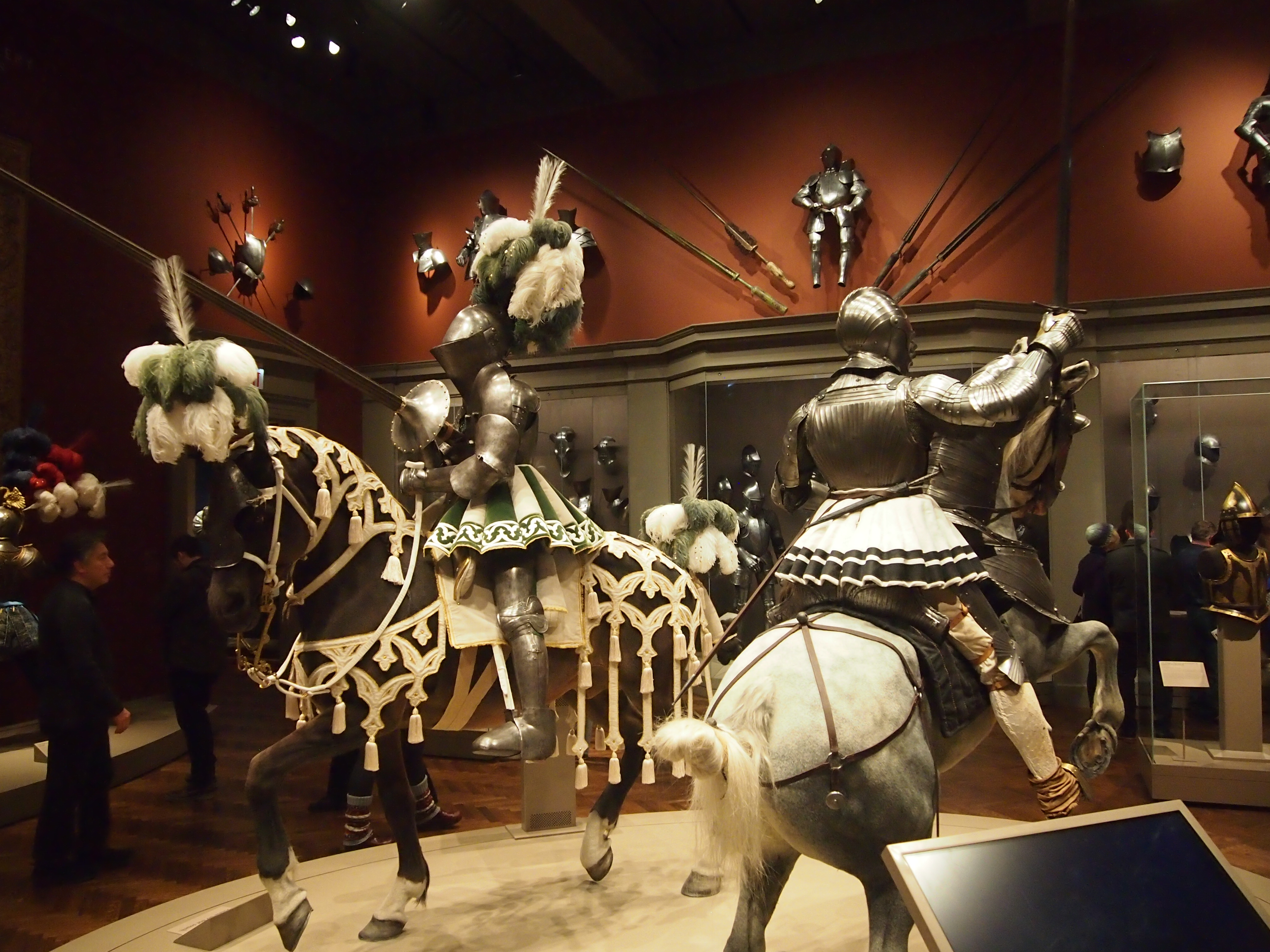
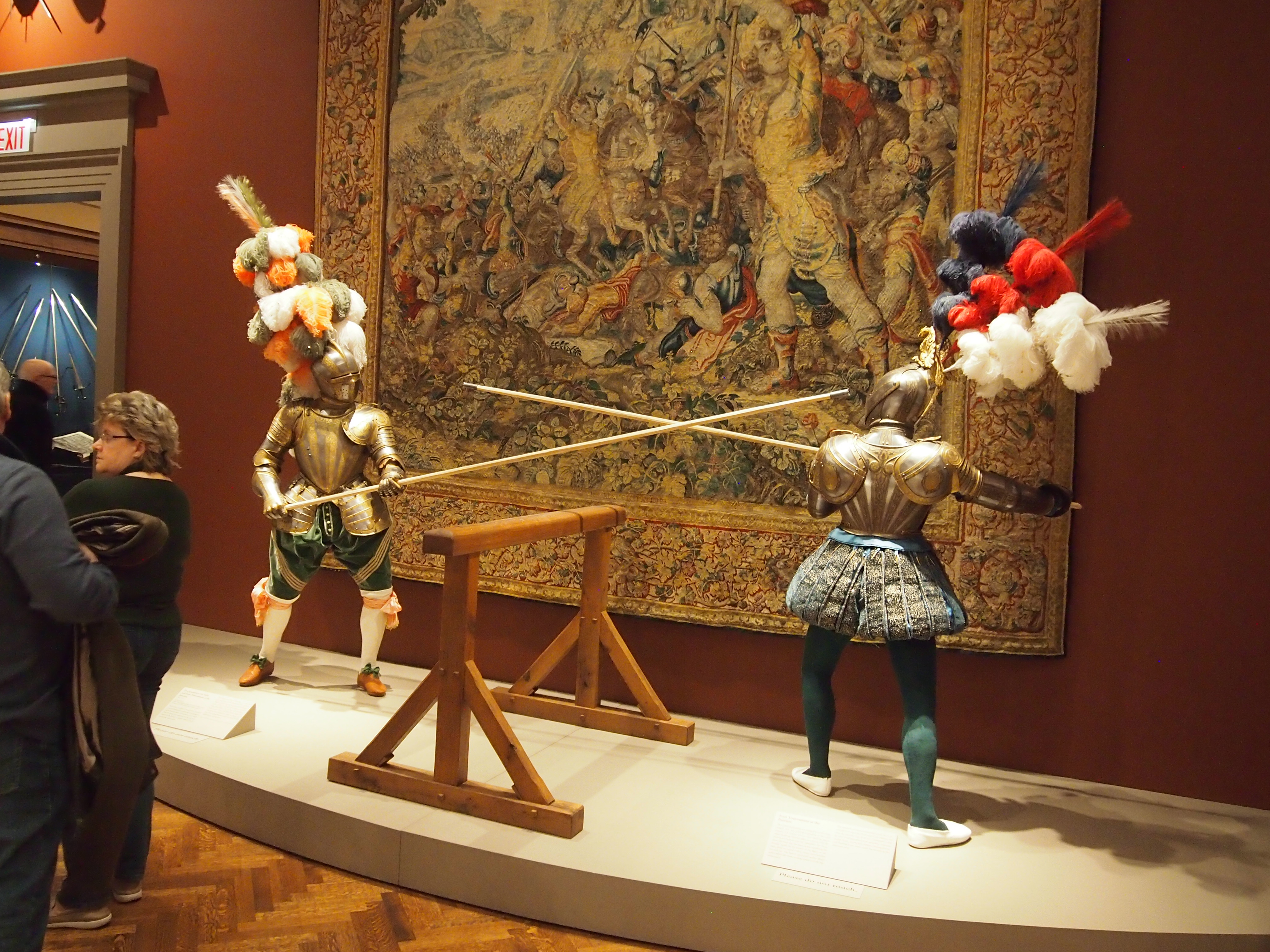 That’s a kind of armored contest I’d never seen depicted before. Clearly the object of the contest was to knock the other man over without crossing the cross beam, and probably striking below the waist was against the rules.
That’s a kind of armored contest I’d never seen depicted before. Clearly the object of the contest was to knock the other man over without crossing the cross beam, and probably striking below the waist was against the rules.
There were also some good old-fashioned displays of armor in a standing position.
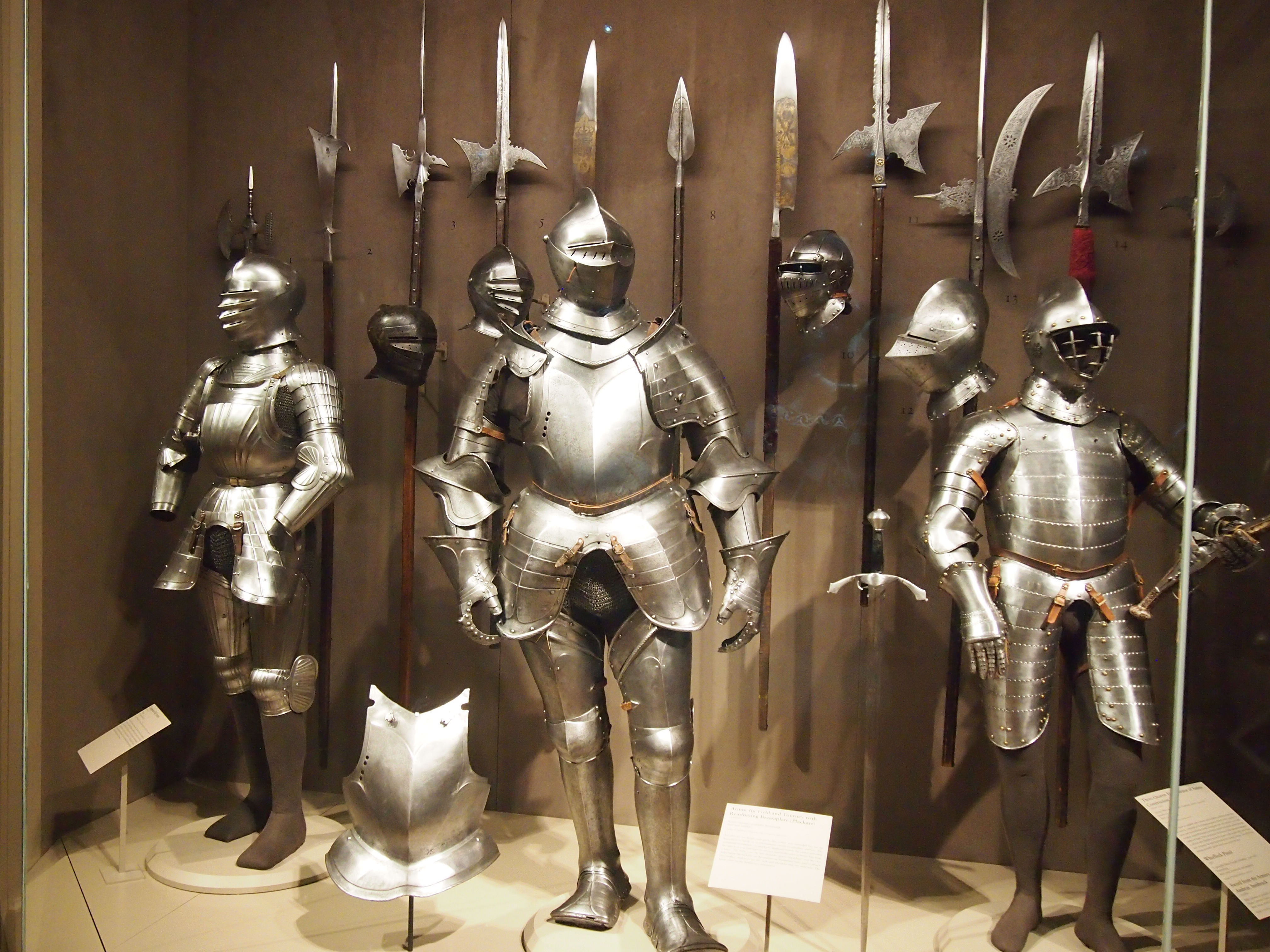 Along with plenty of weapons representing many ways to hack into the other guy.
Along with plenty of weapons representing many ways to hack into the other guy.
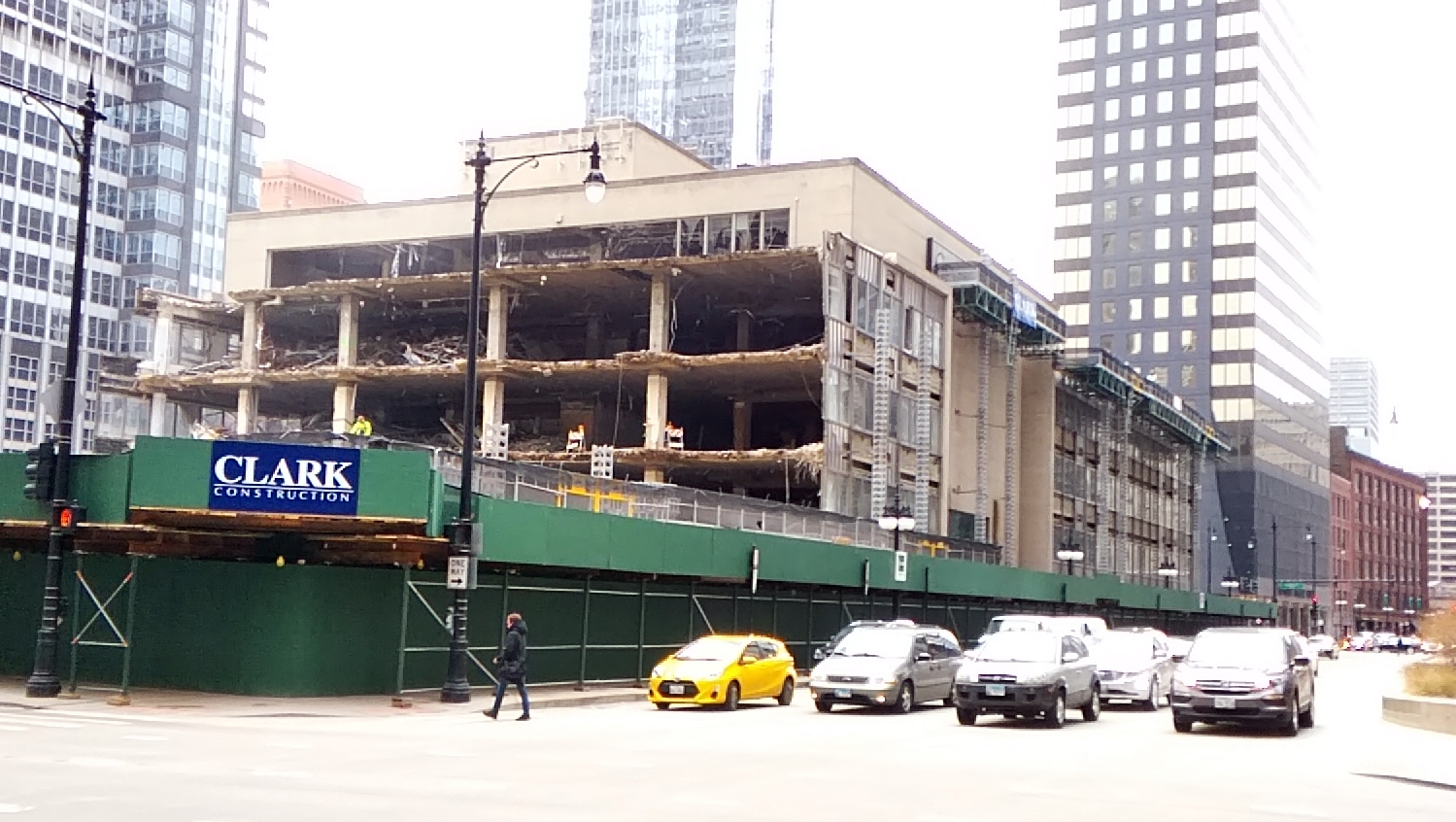 If I’d had more time, I might have captured some other angles. The building, which I always thought bland and colorless, has long been dwarfed by taller buildings on Wacker Dr. Soon a 51-story structure will be rising on the site.
If I’d had more time, I might have captured some other angles. The building, which I always thought bland and colorless, has long been dwarfed by taller buildings on Wacker Dr. Soon a 51-story structure will be rising on the site.